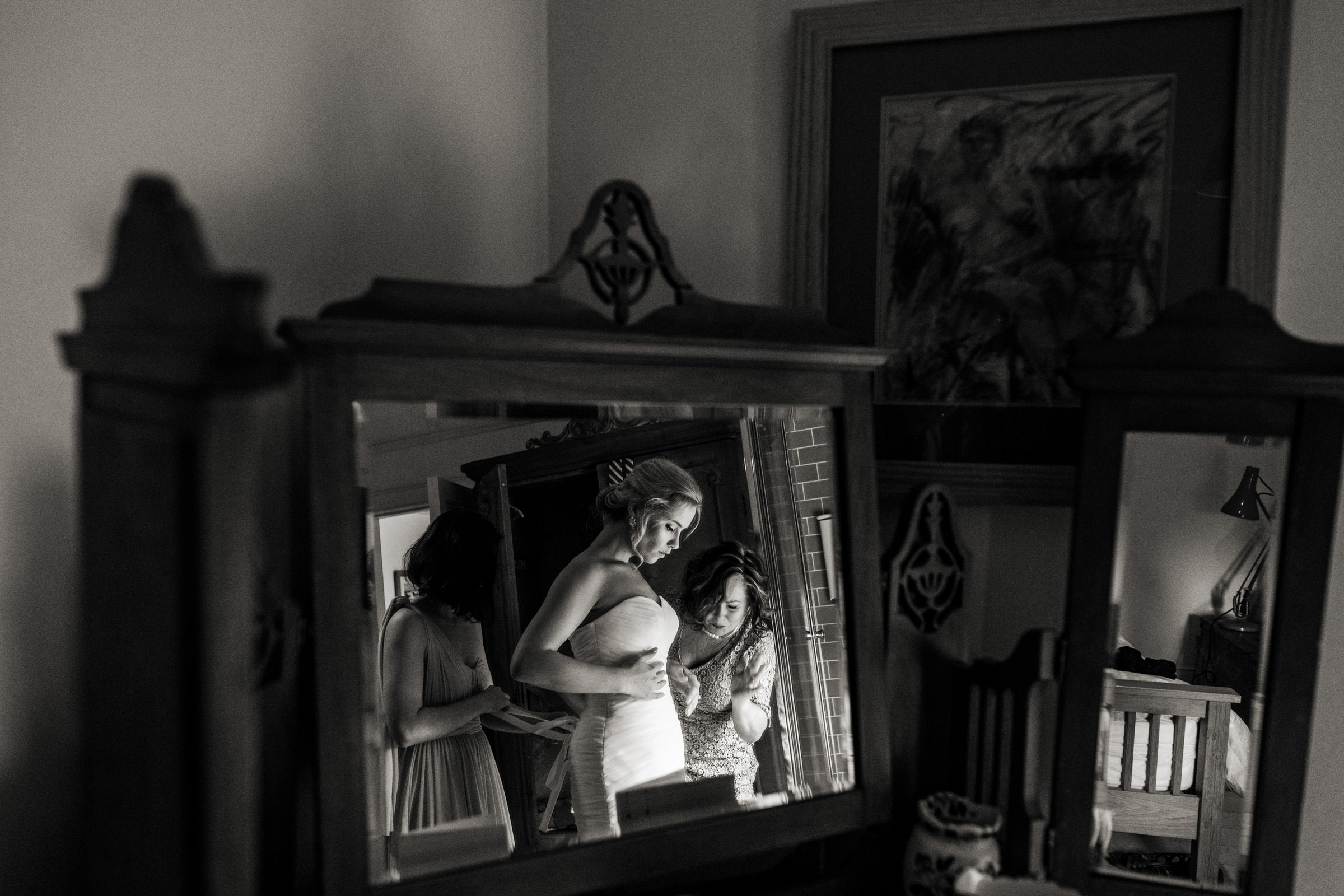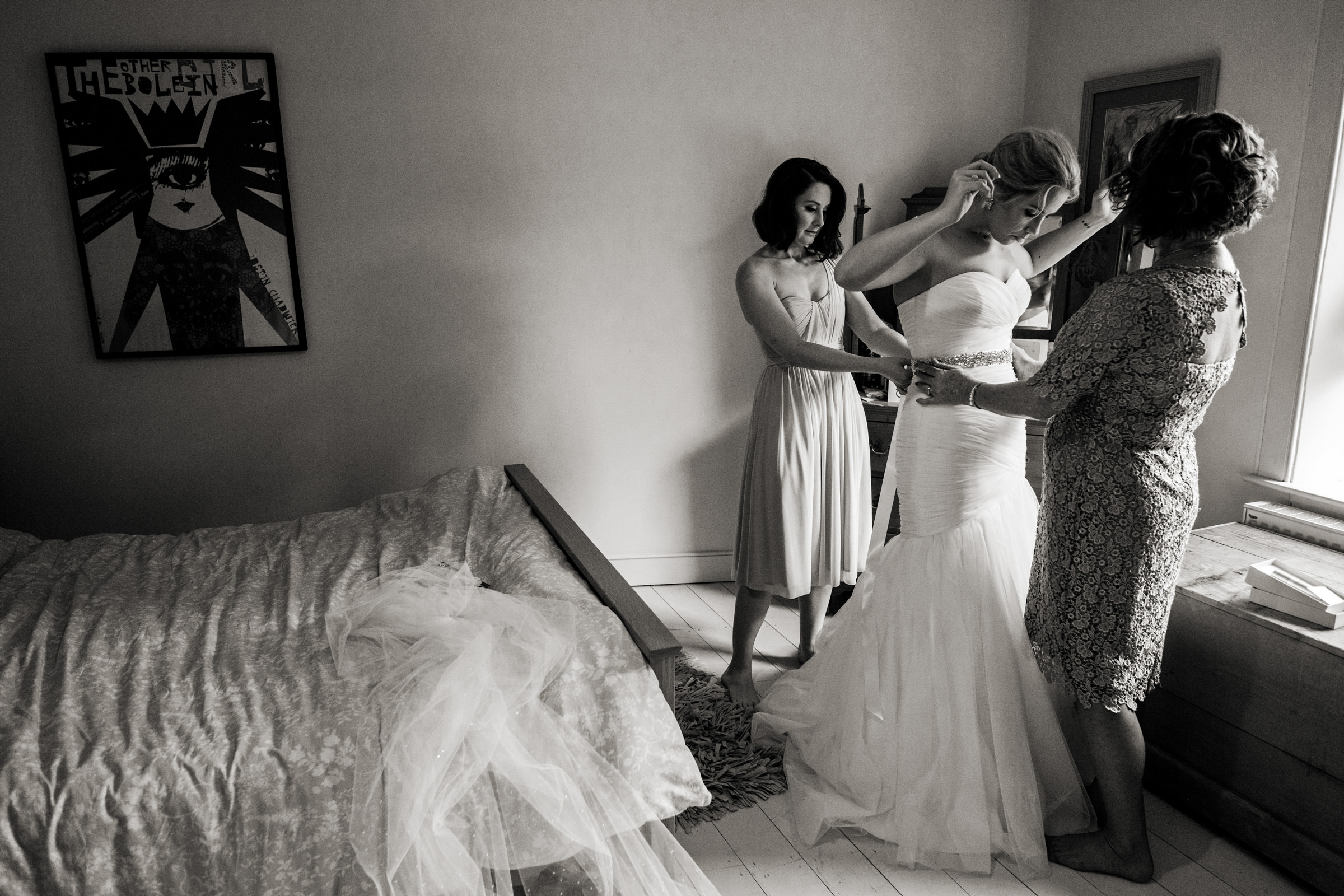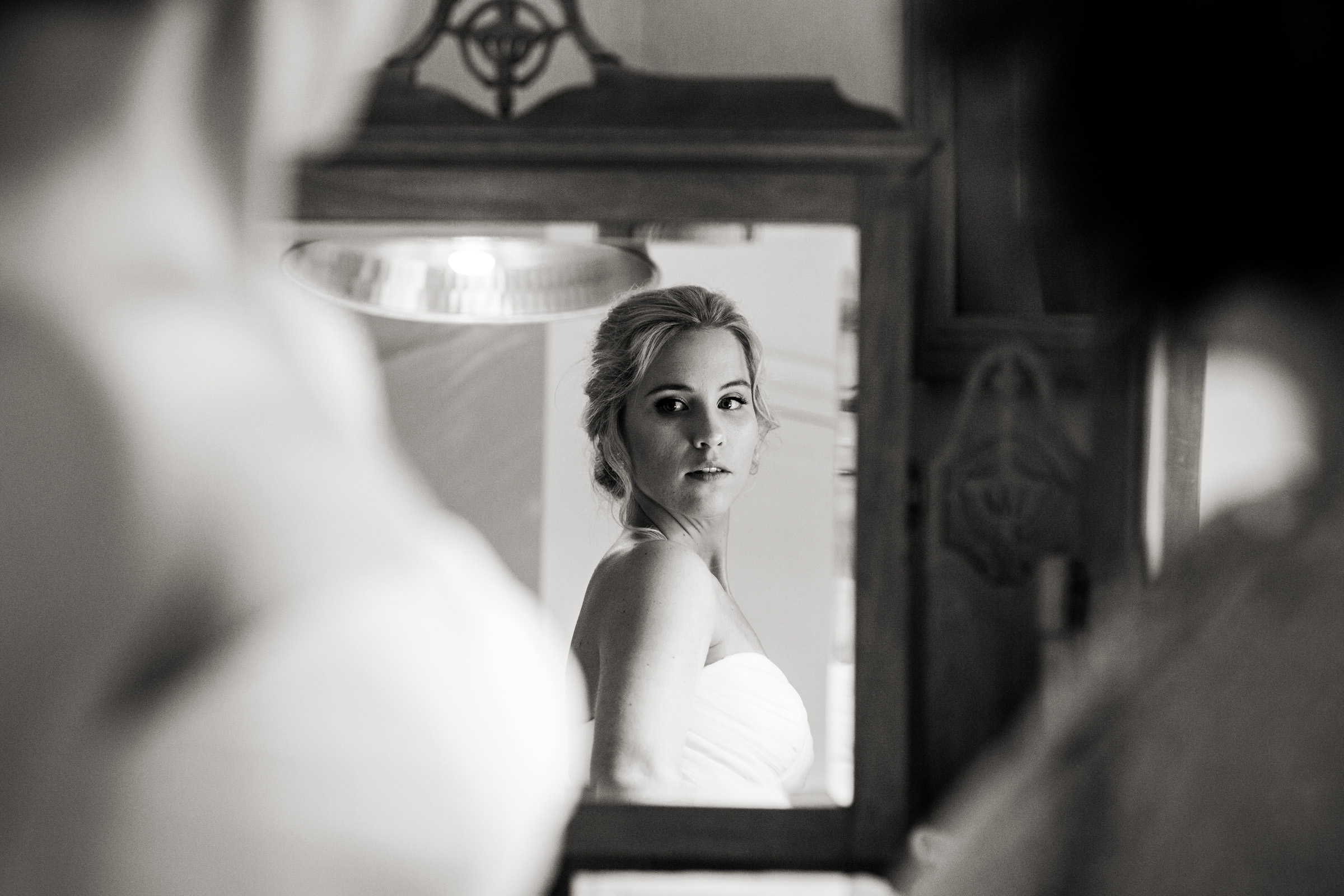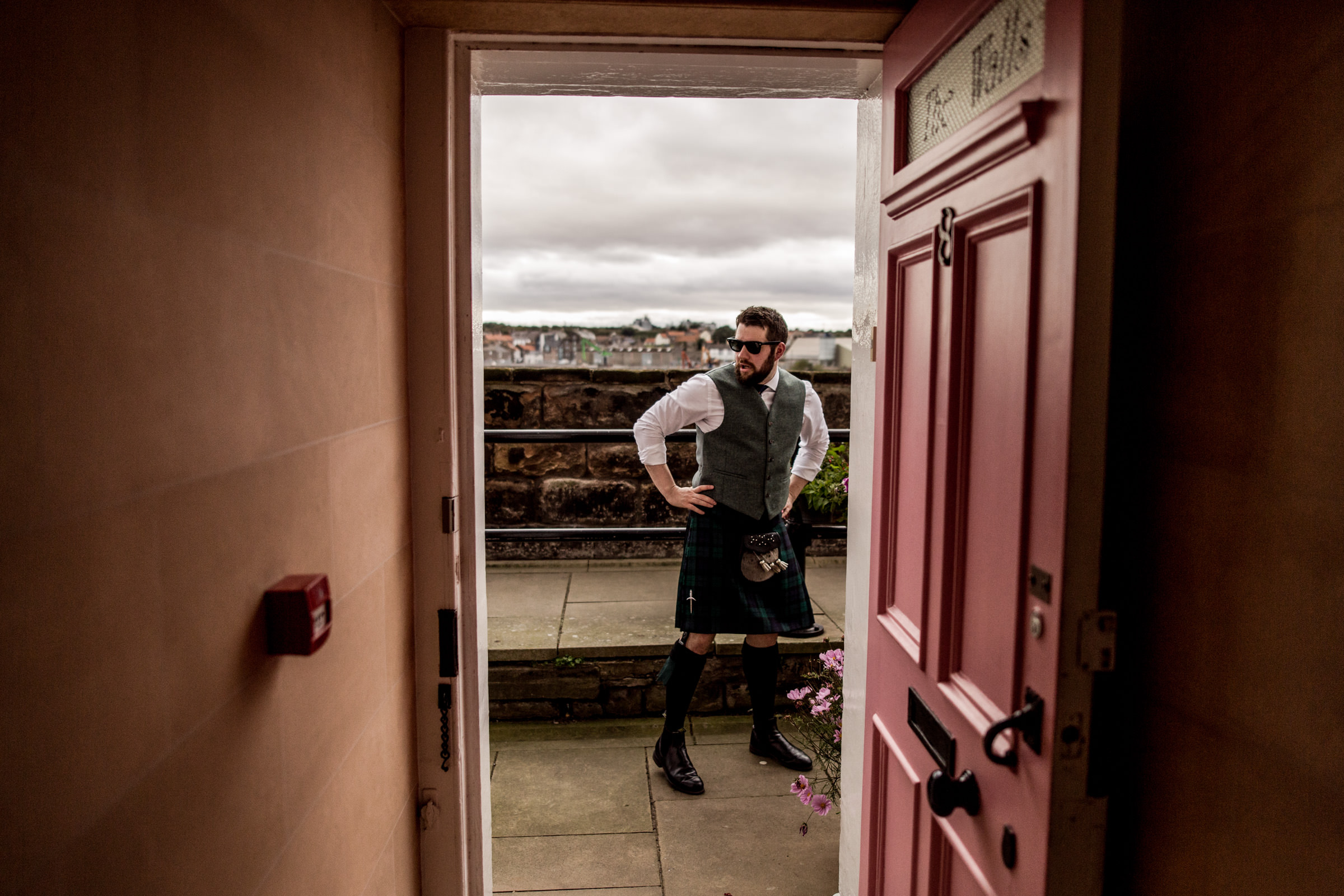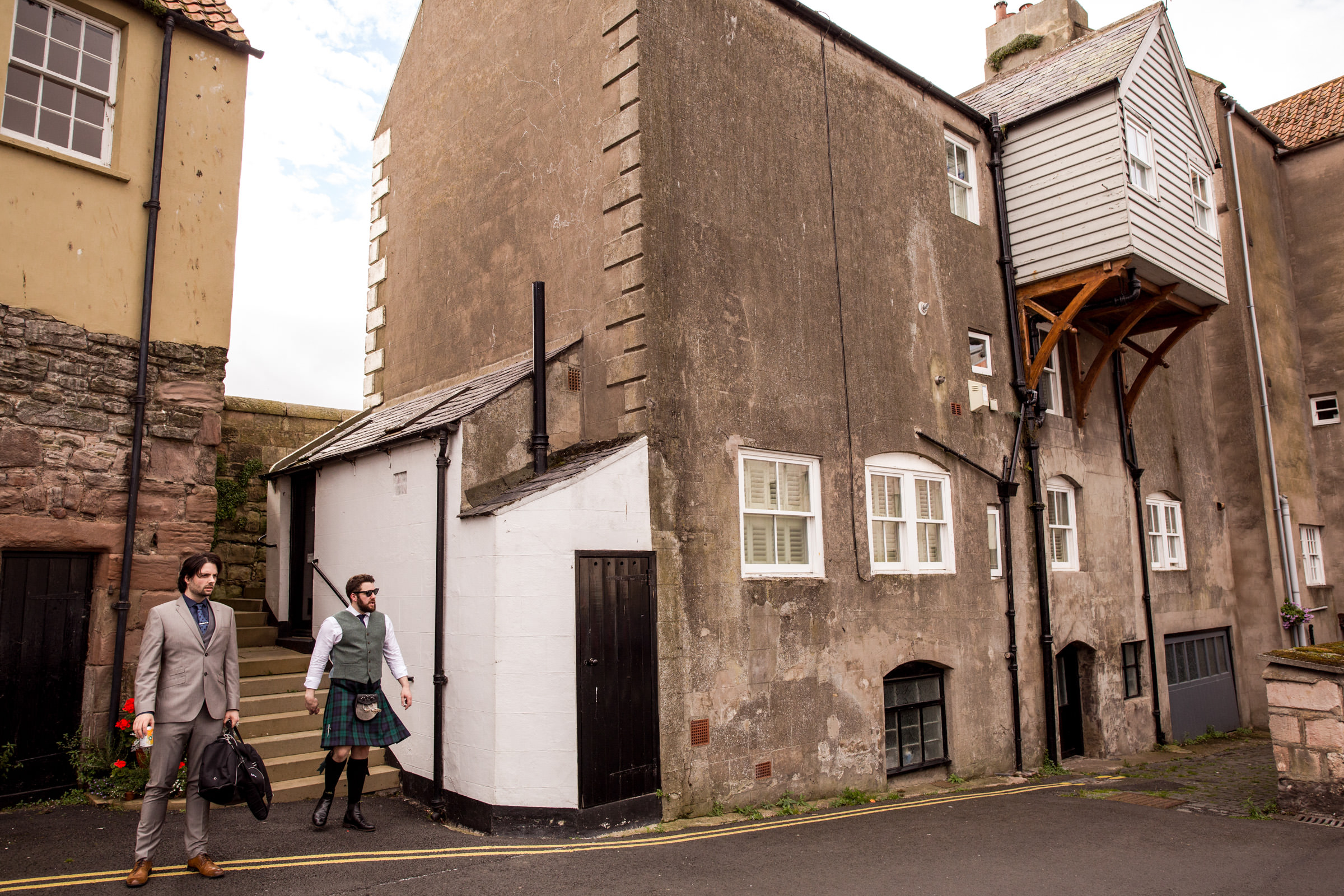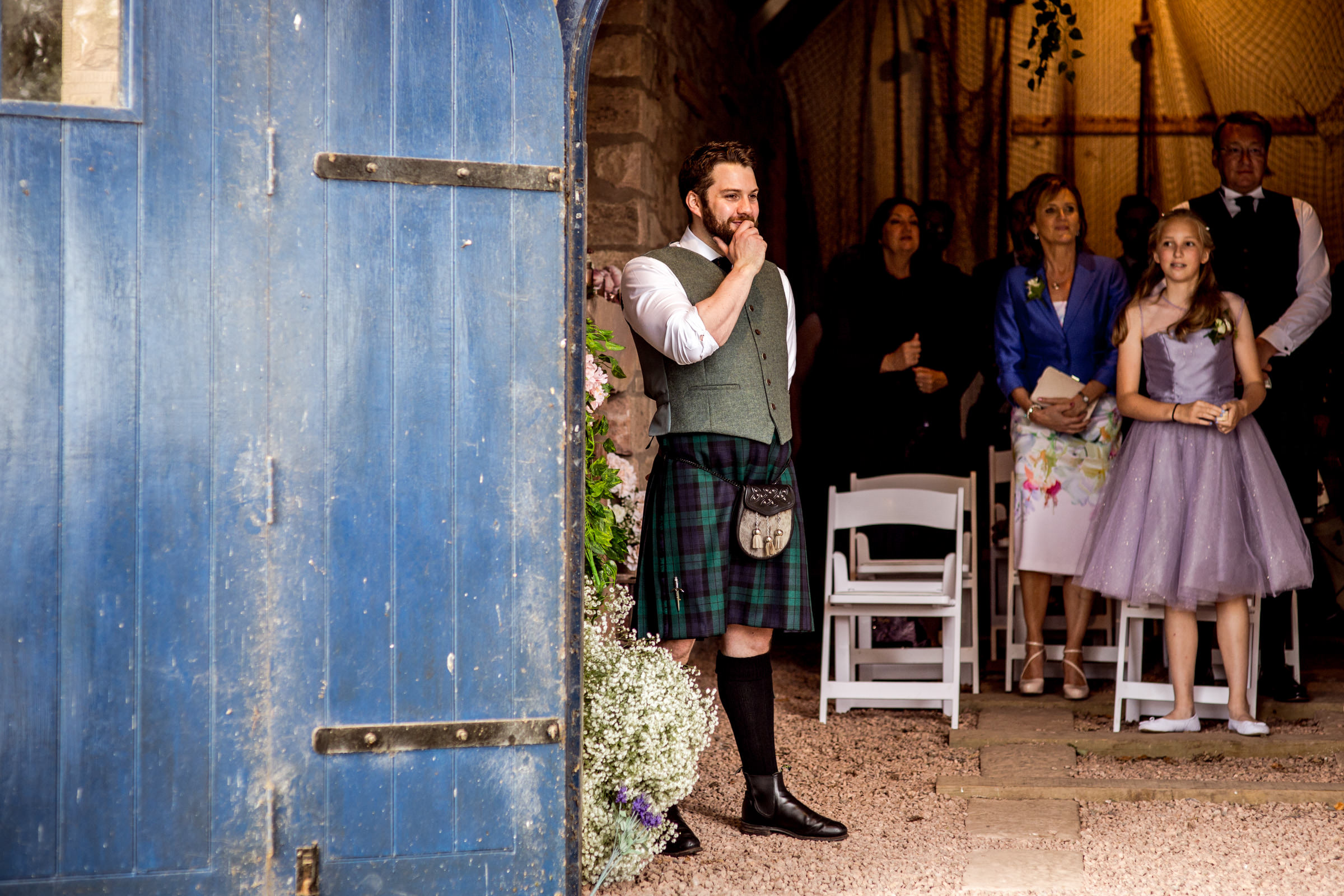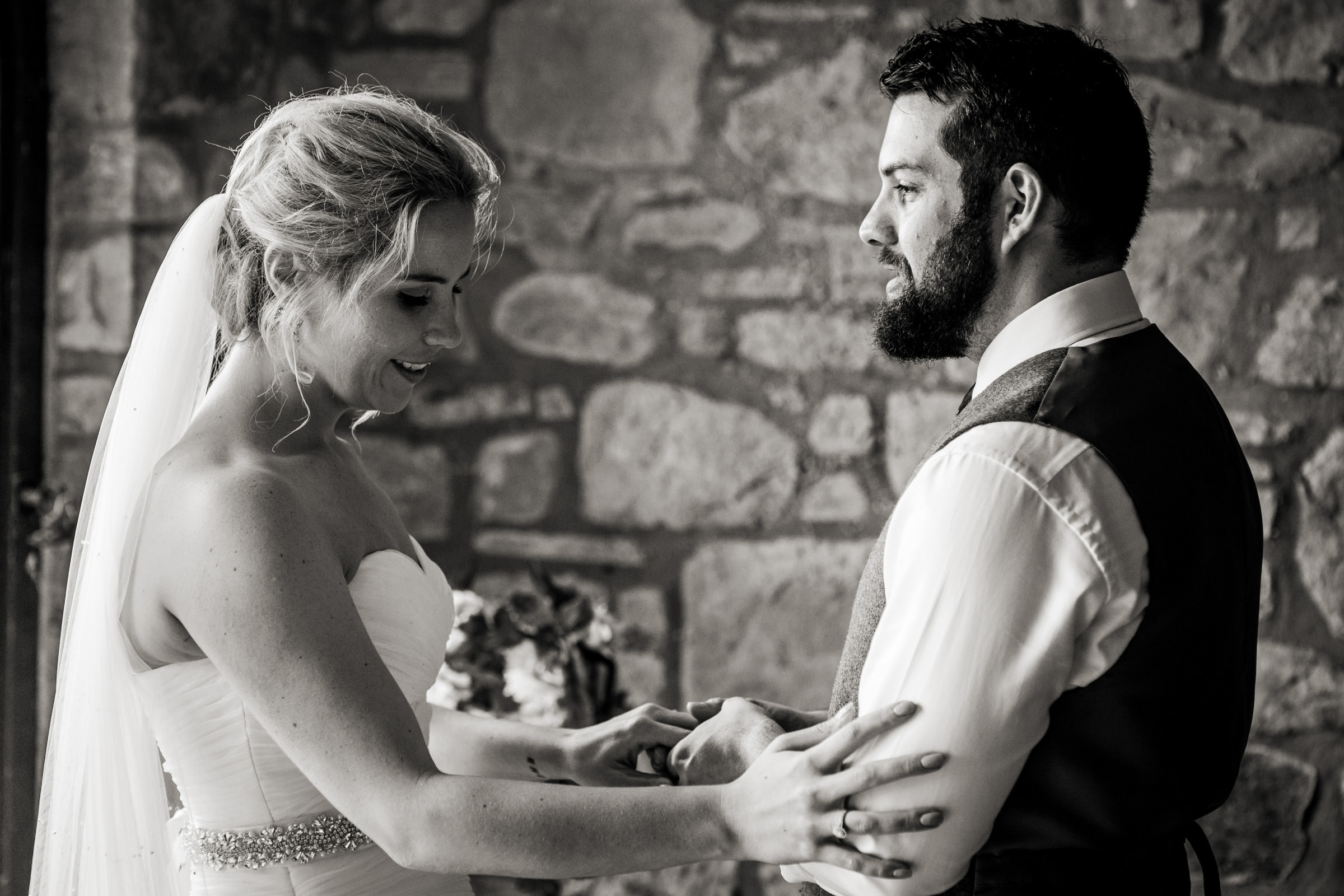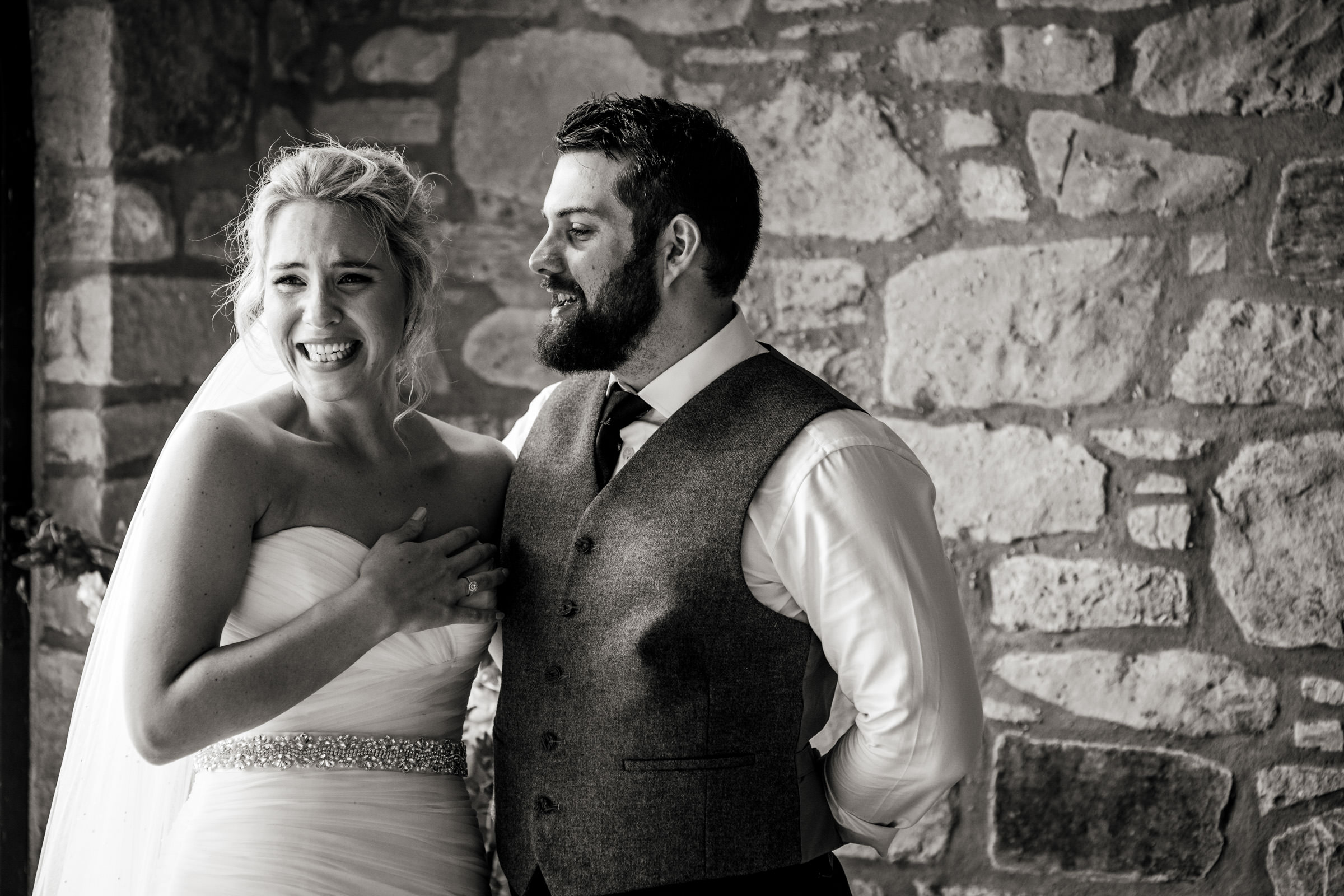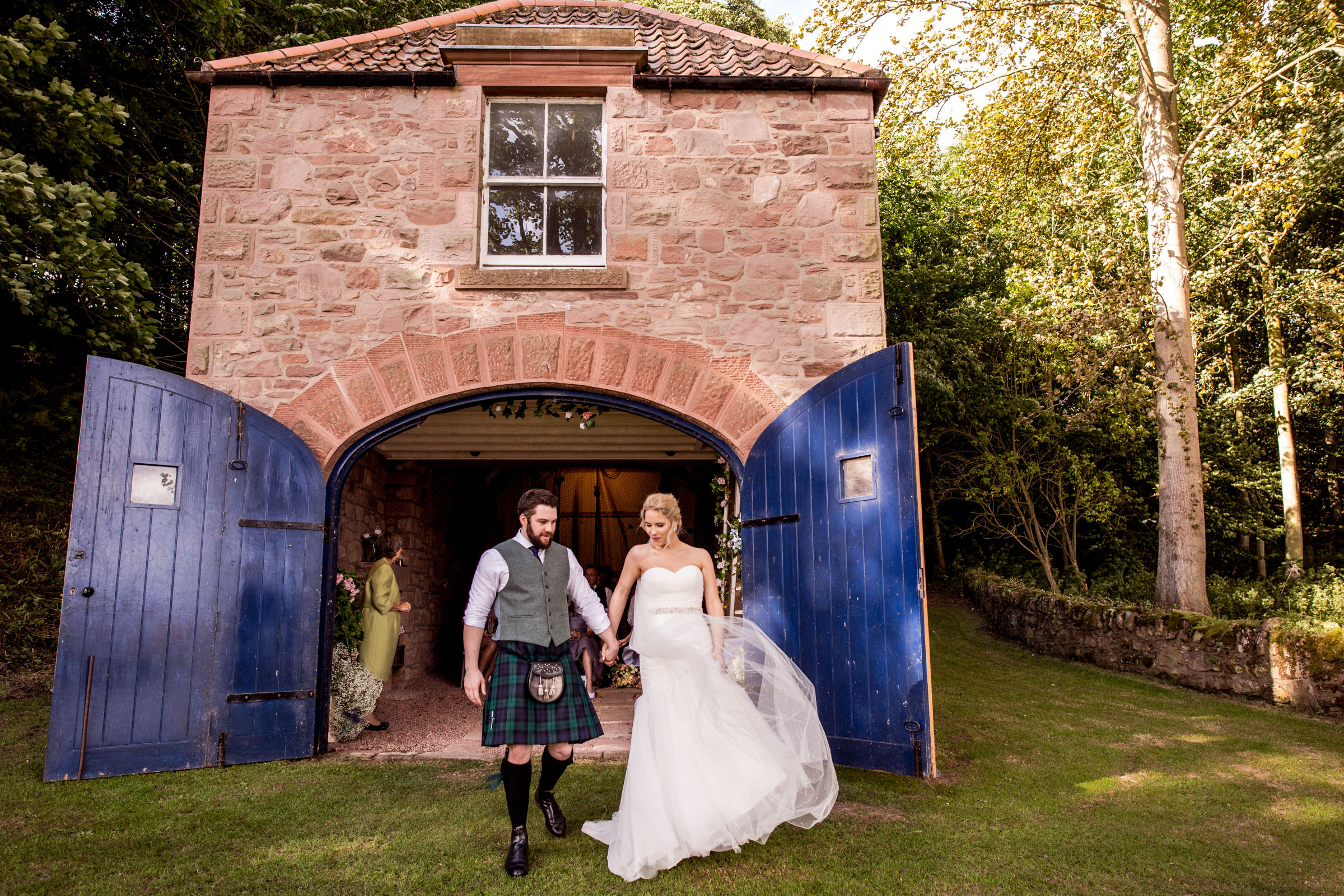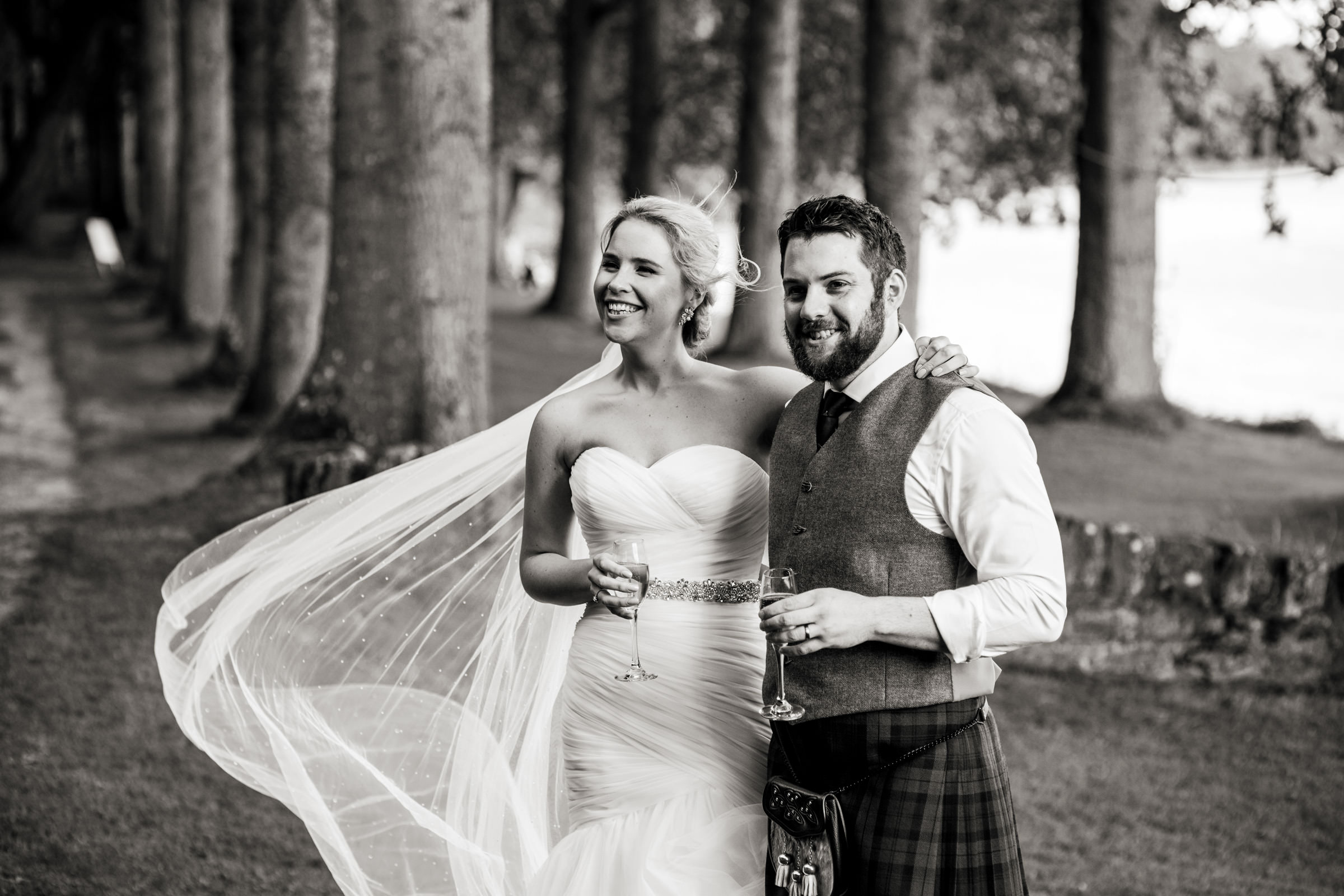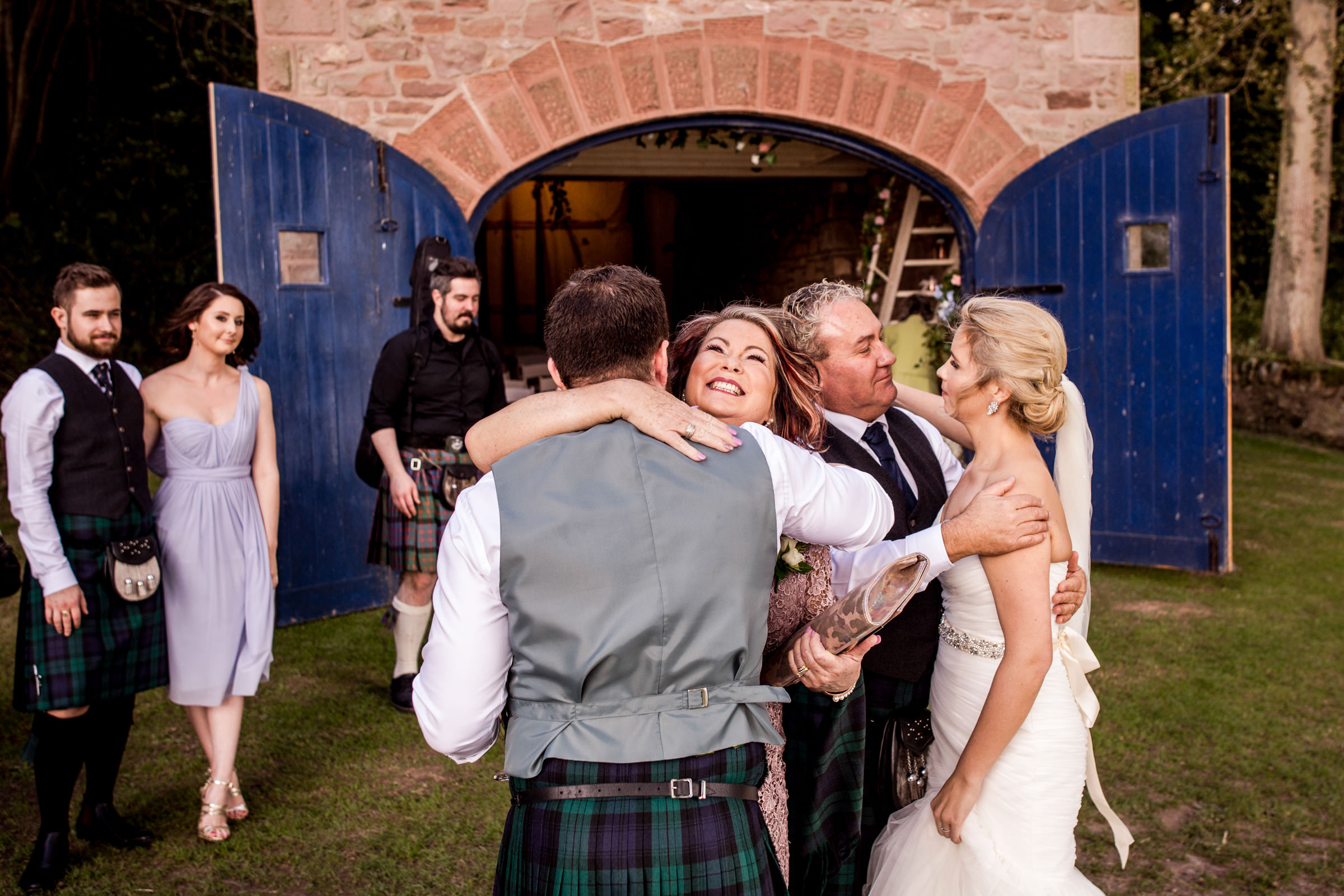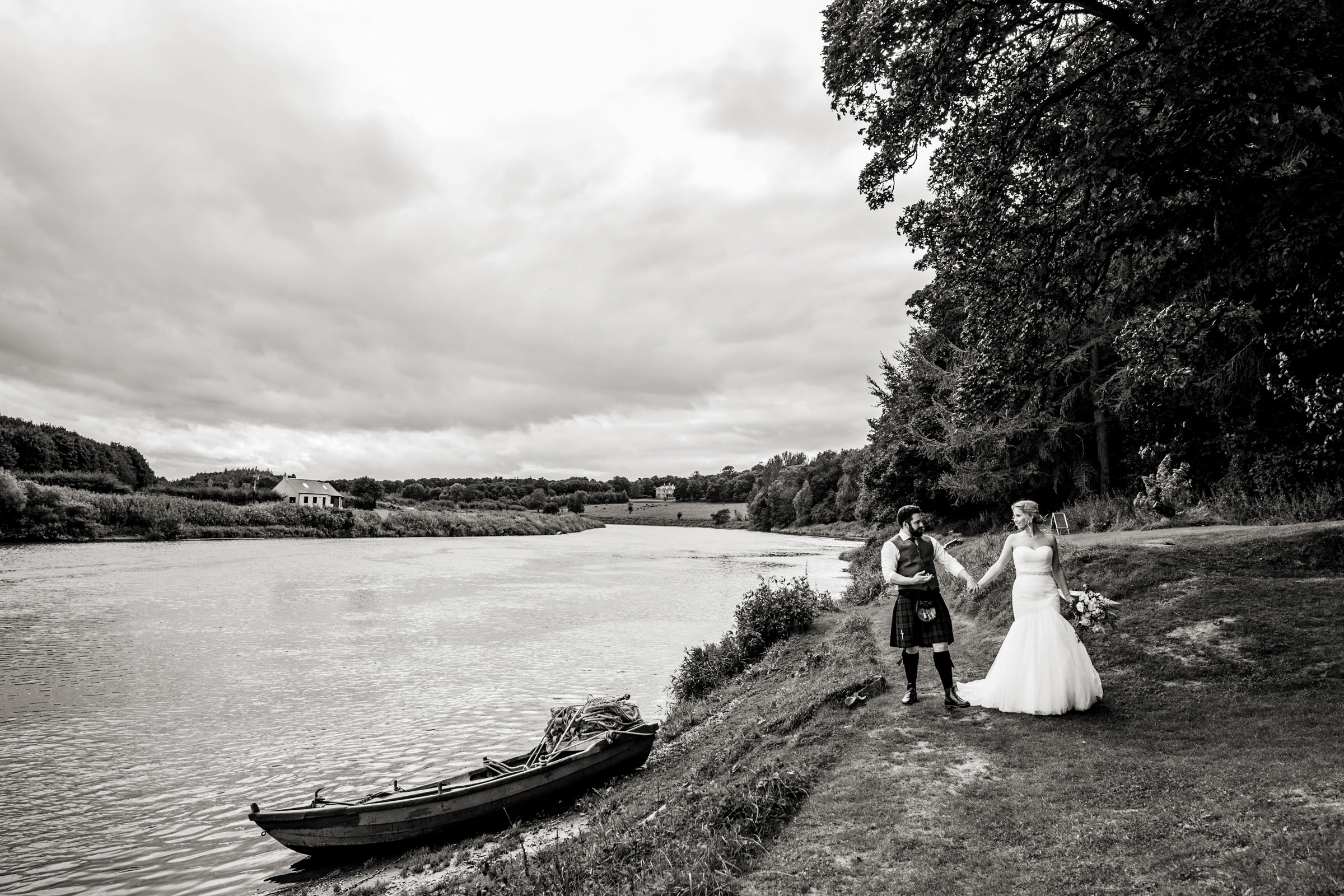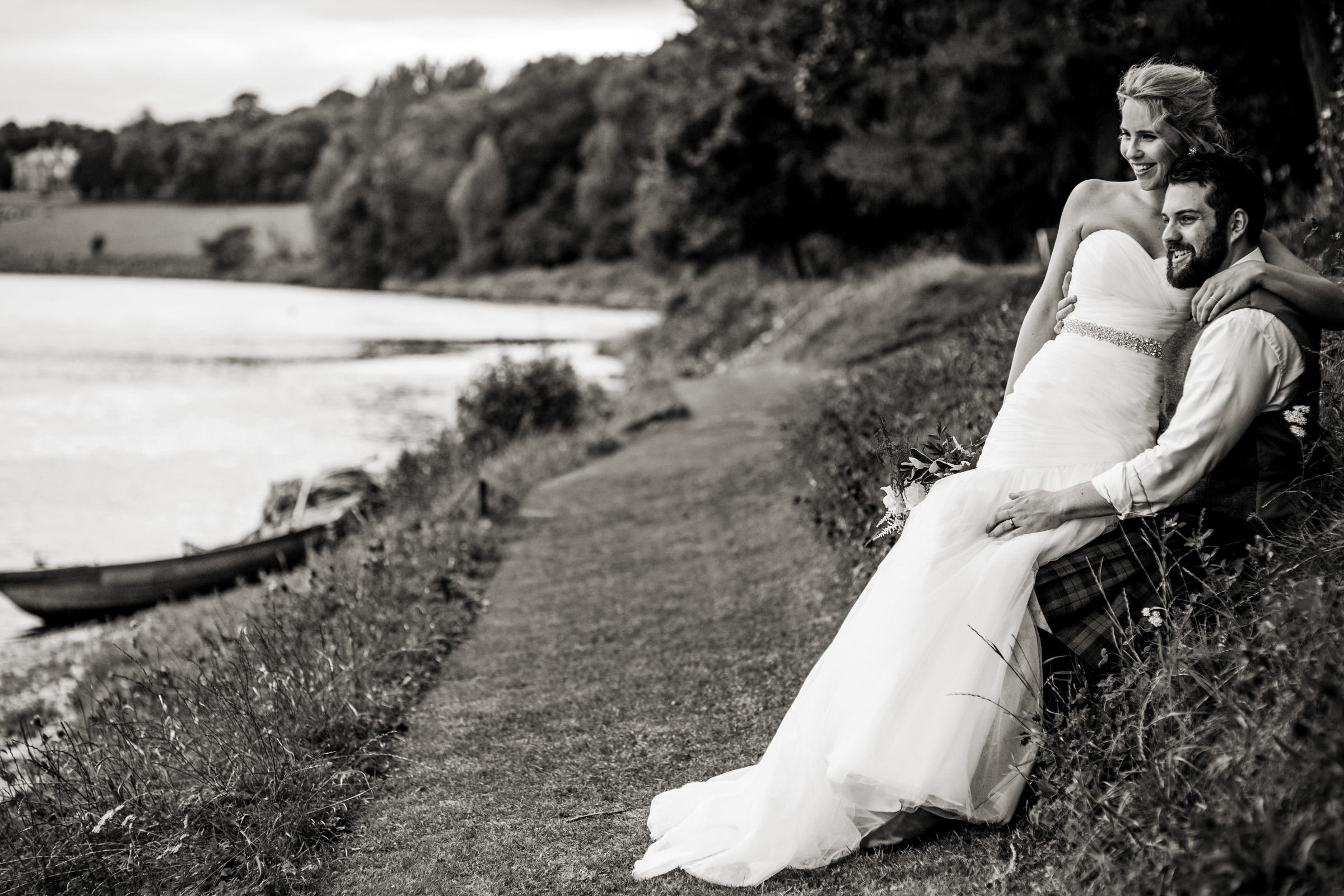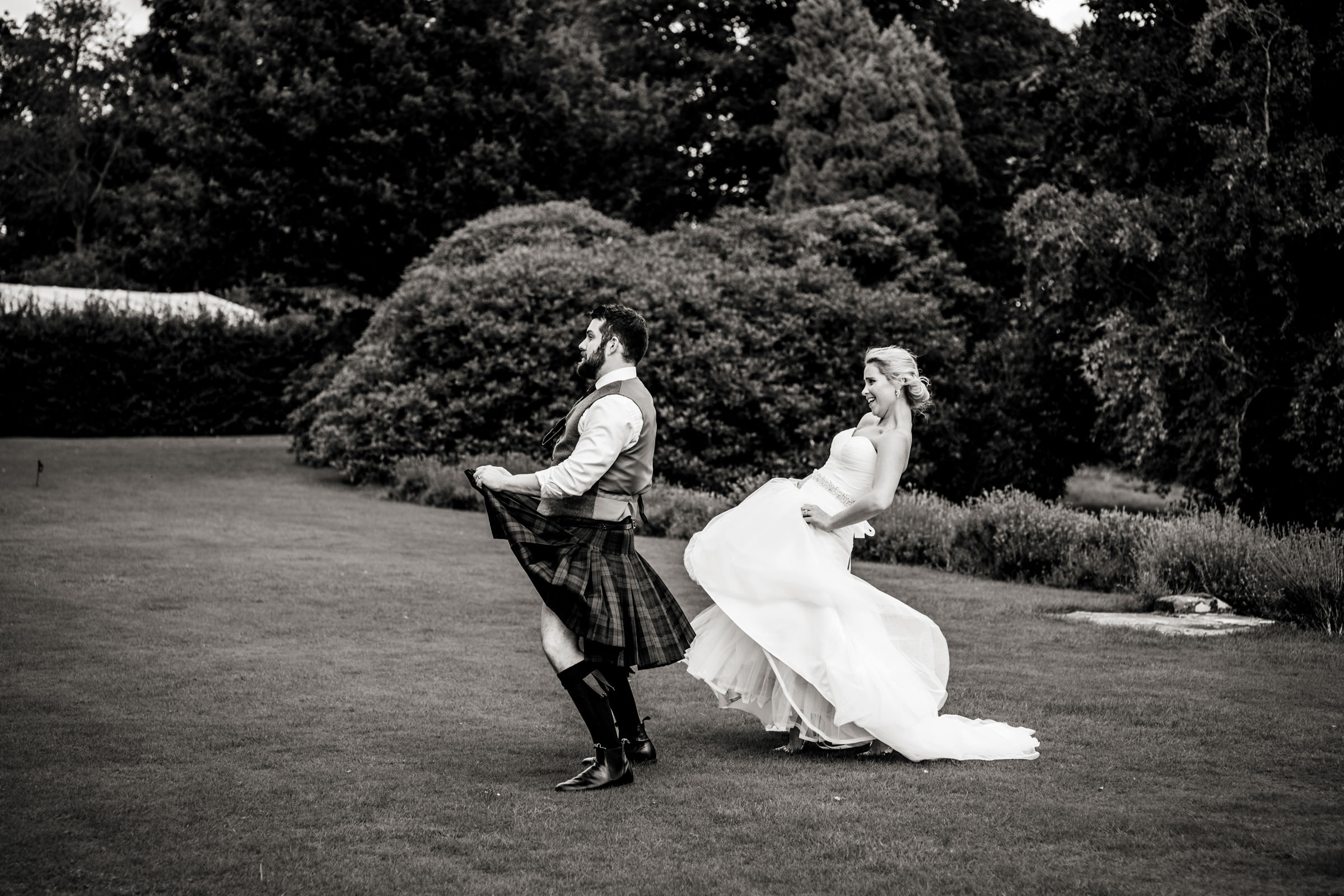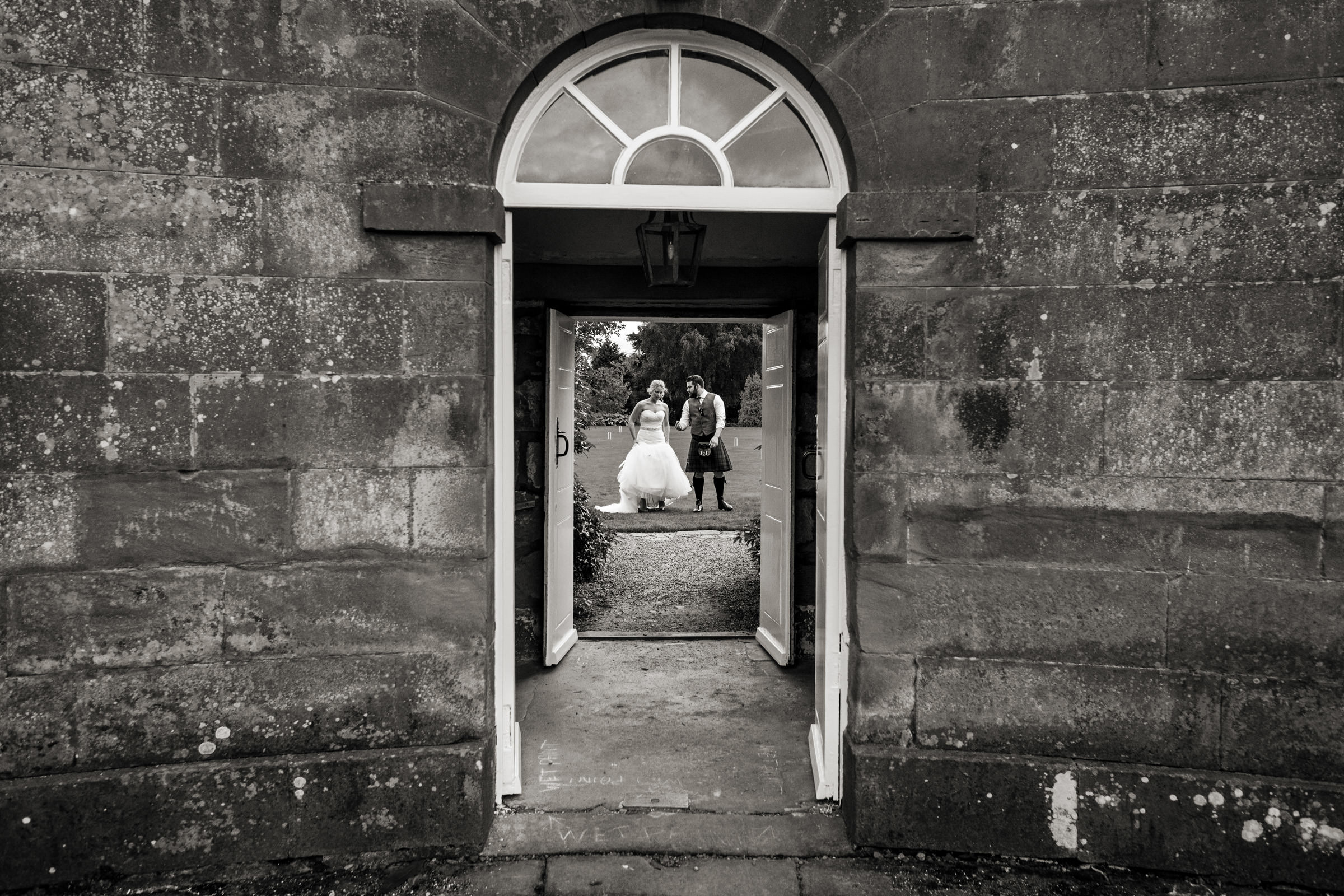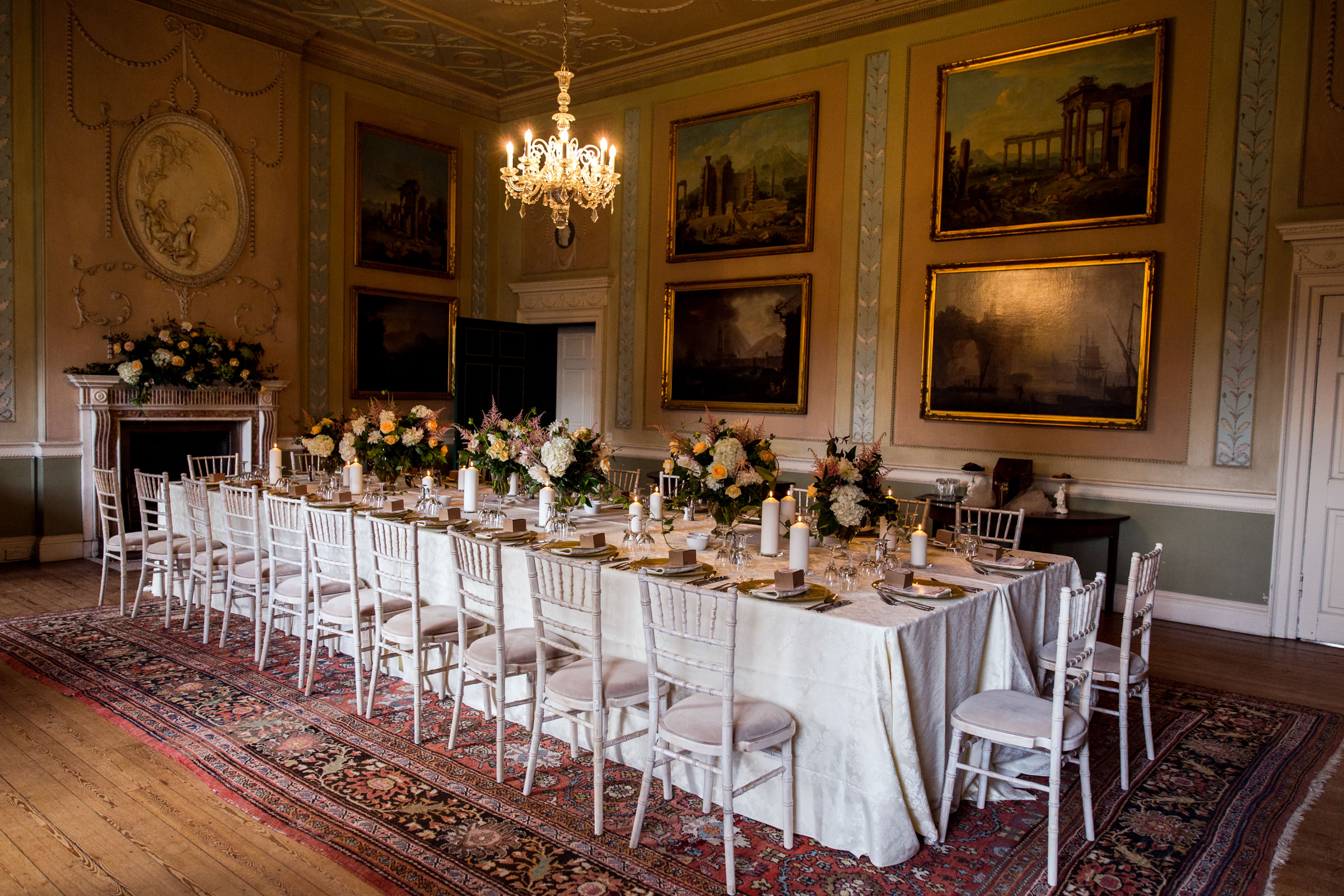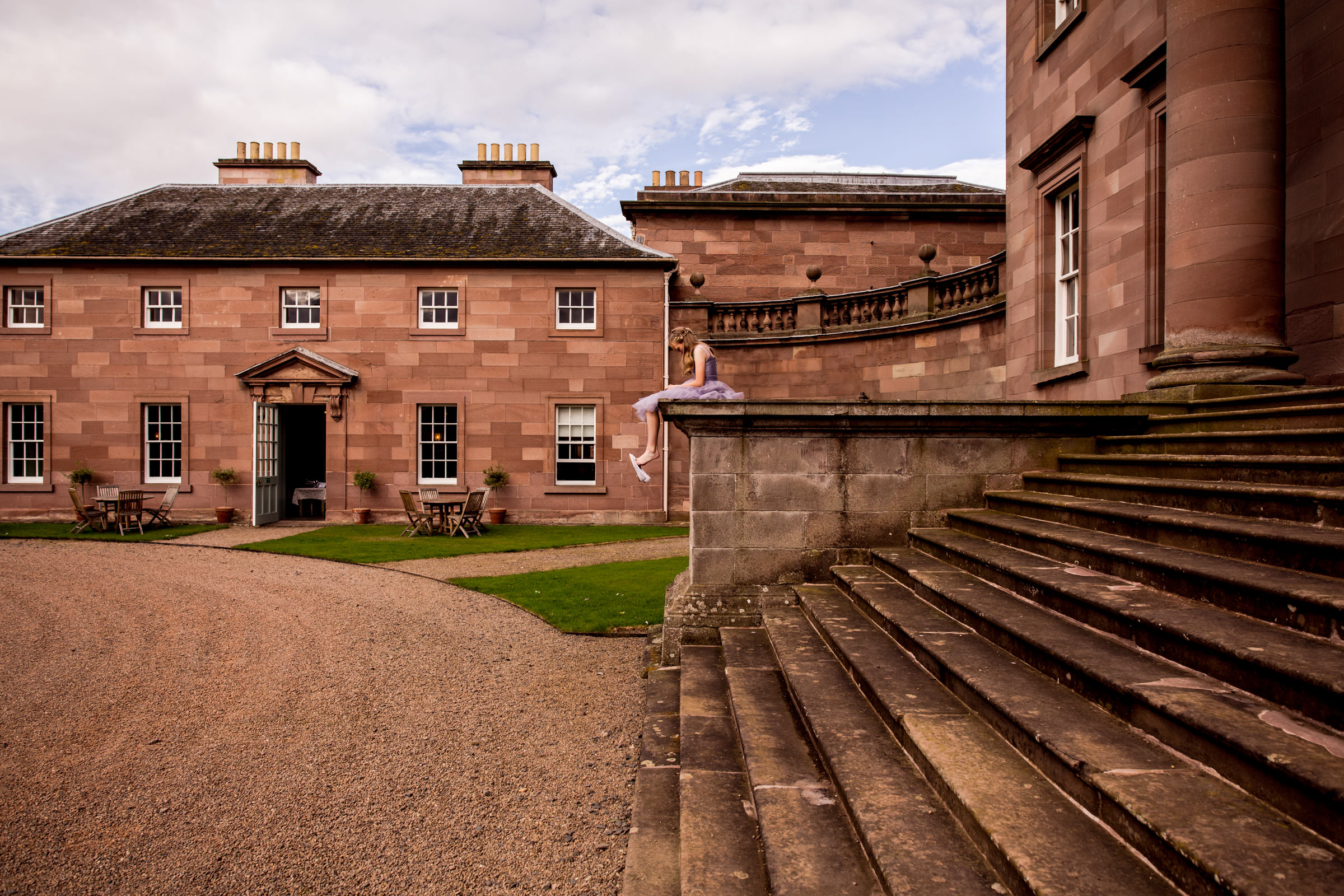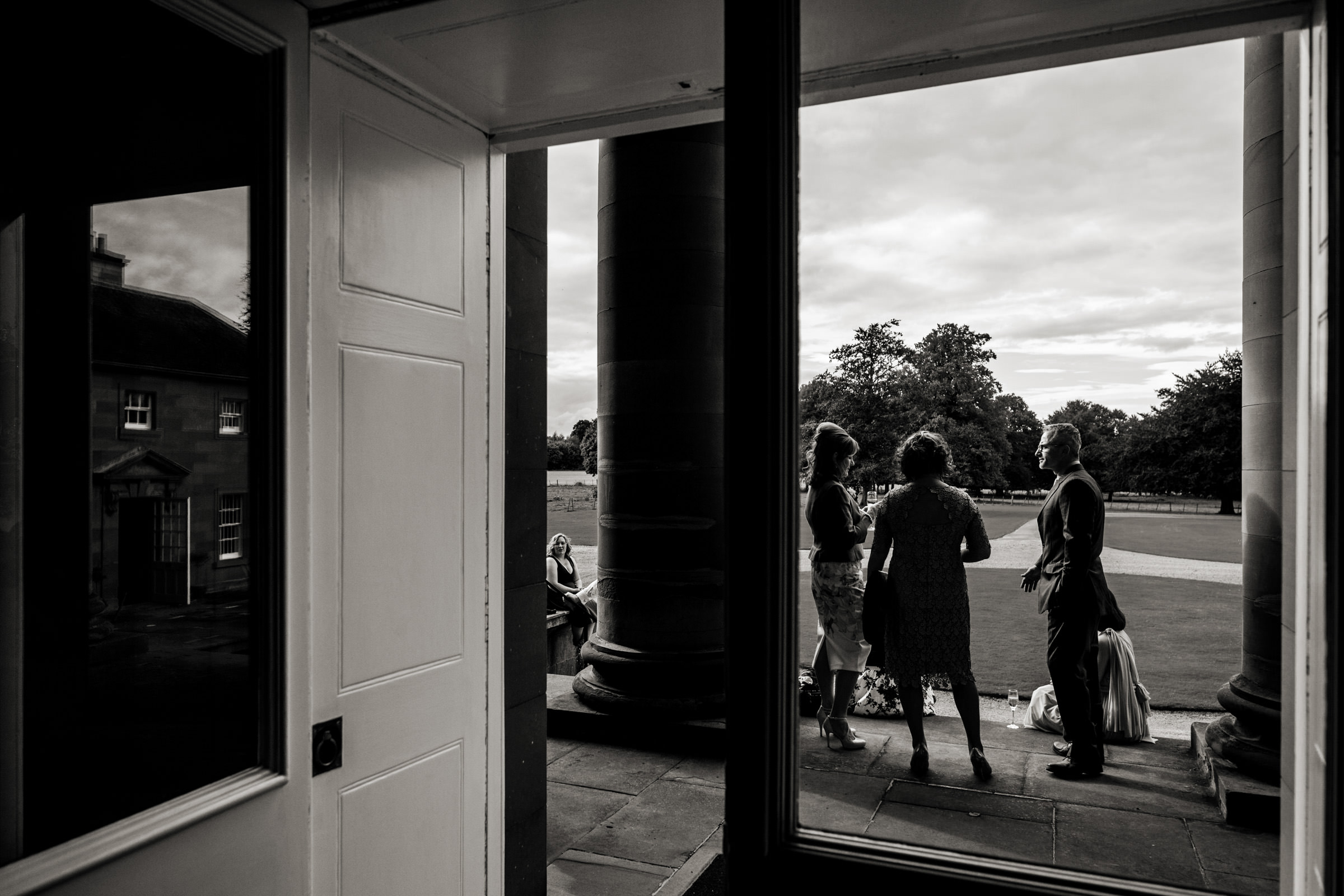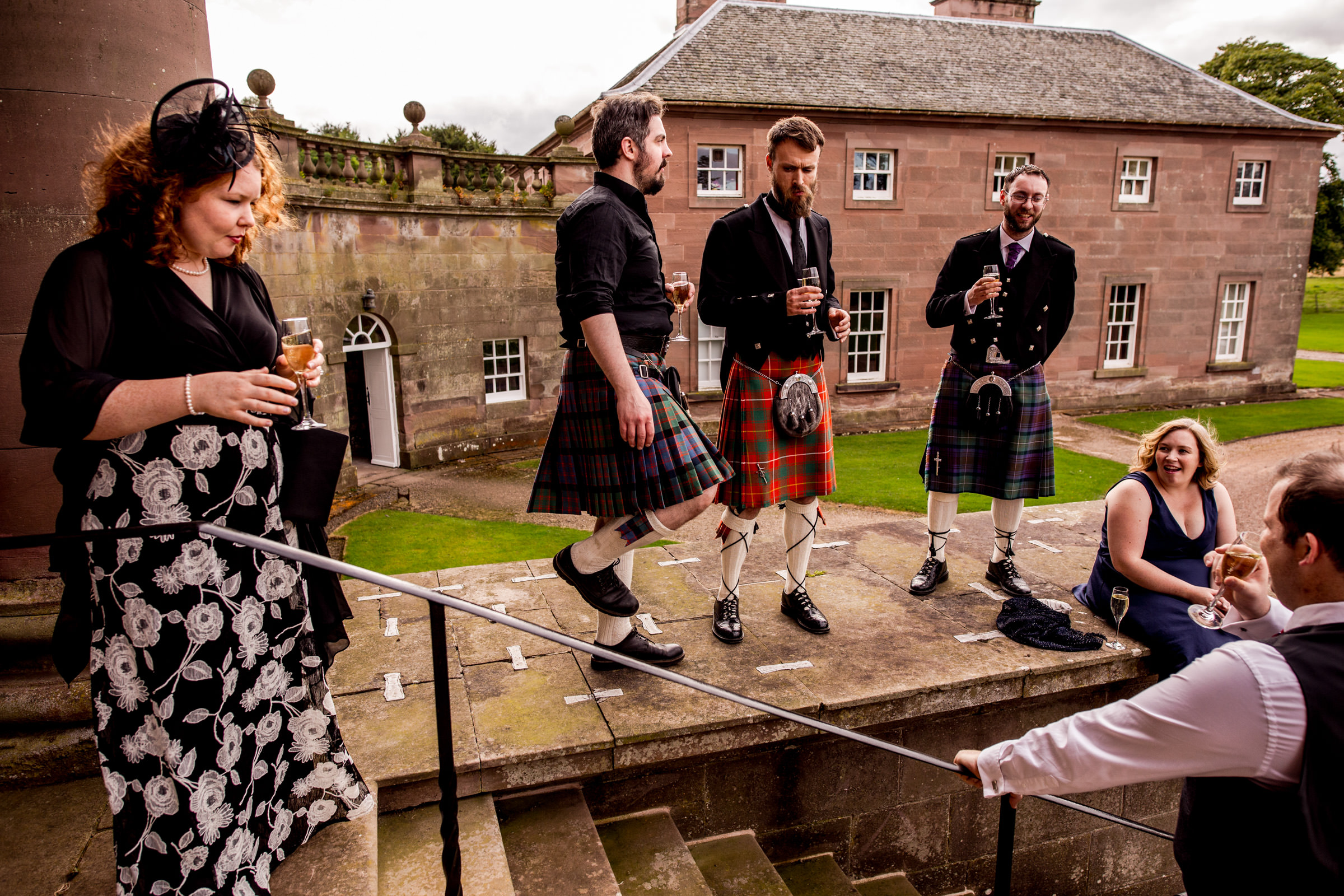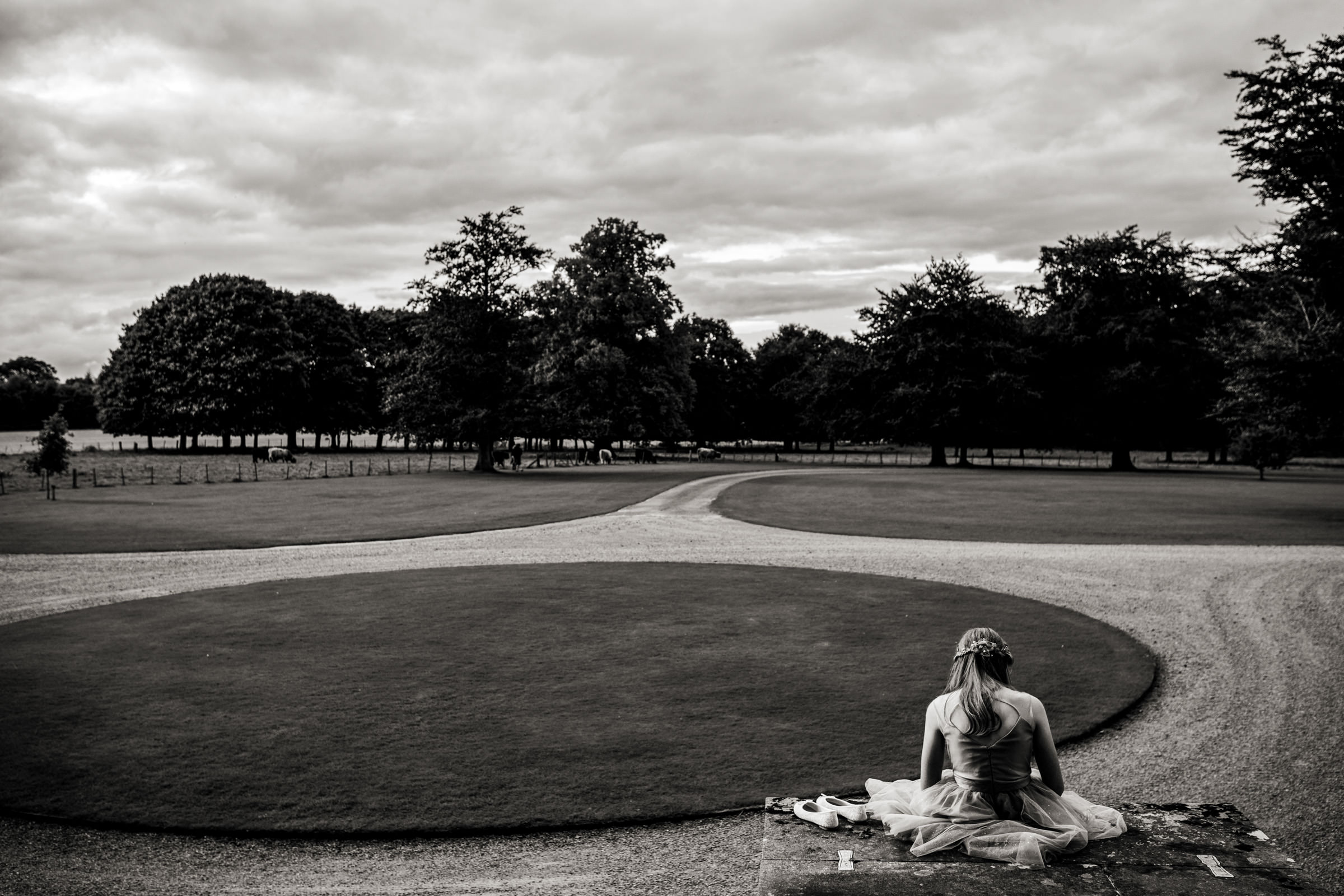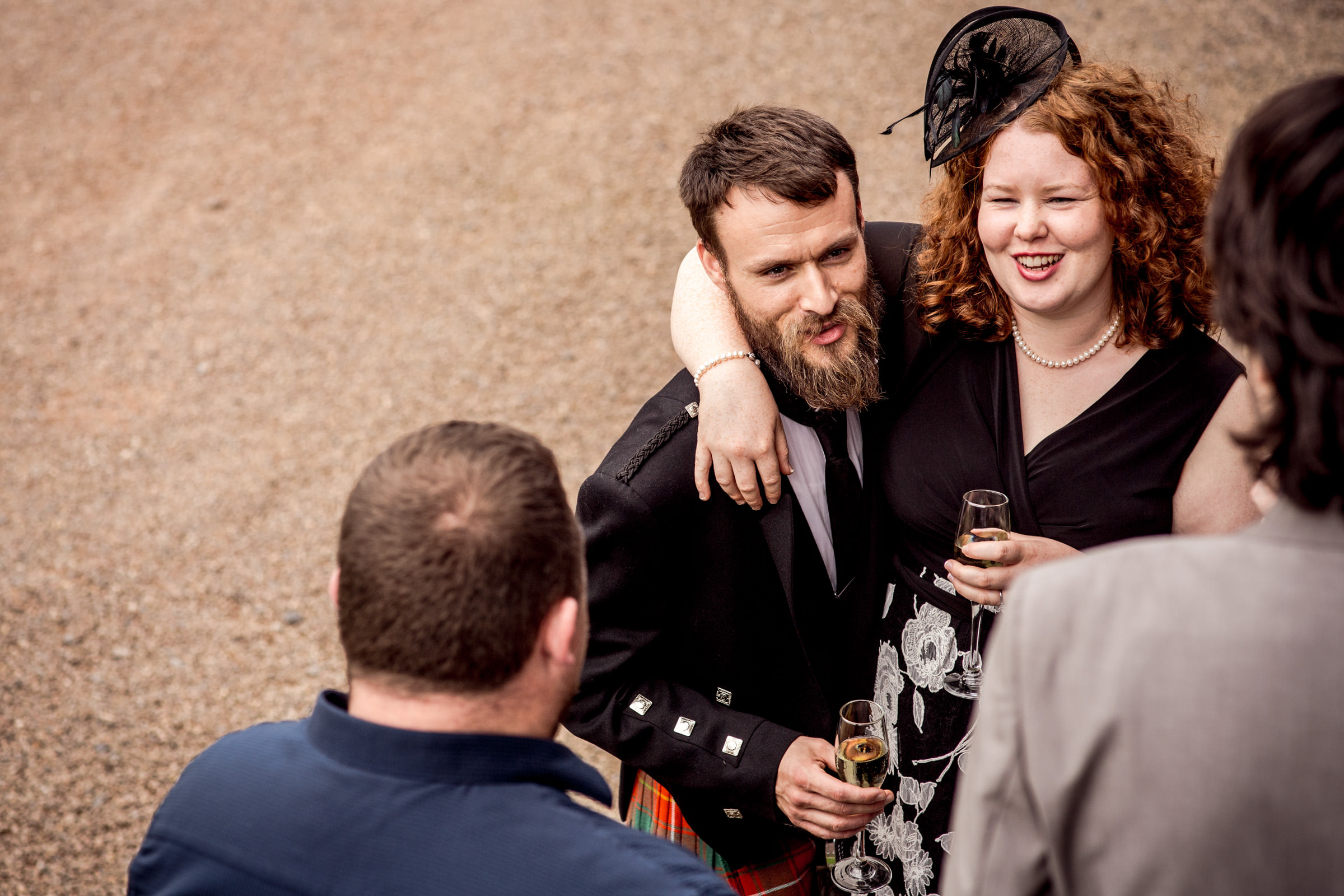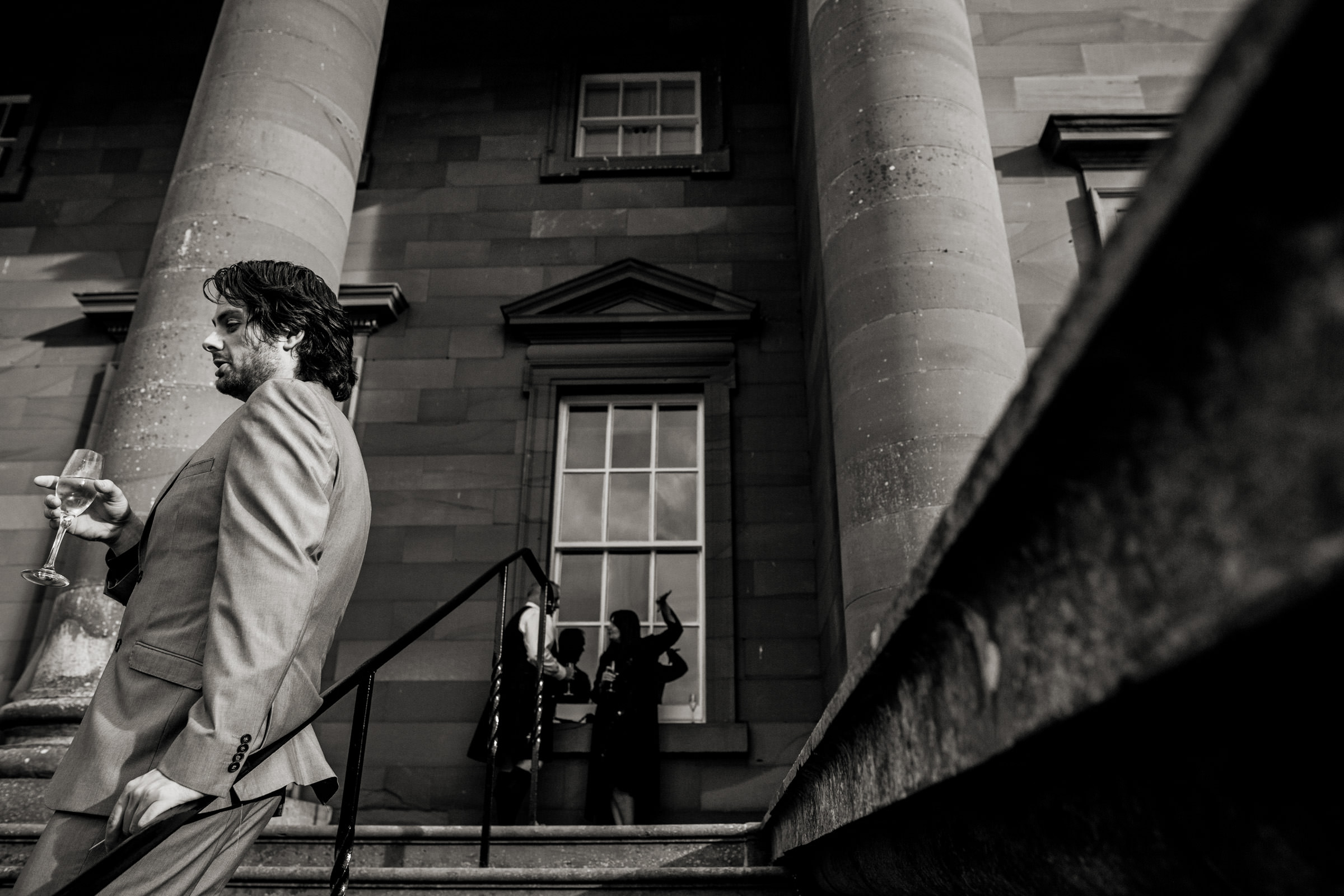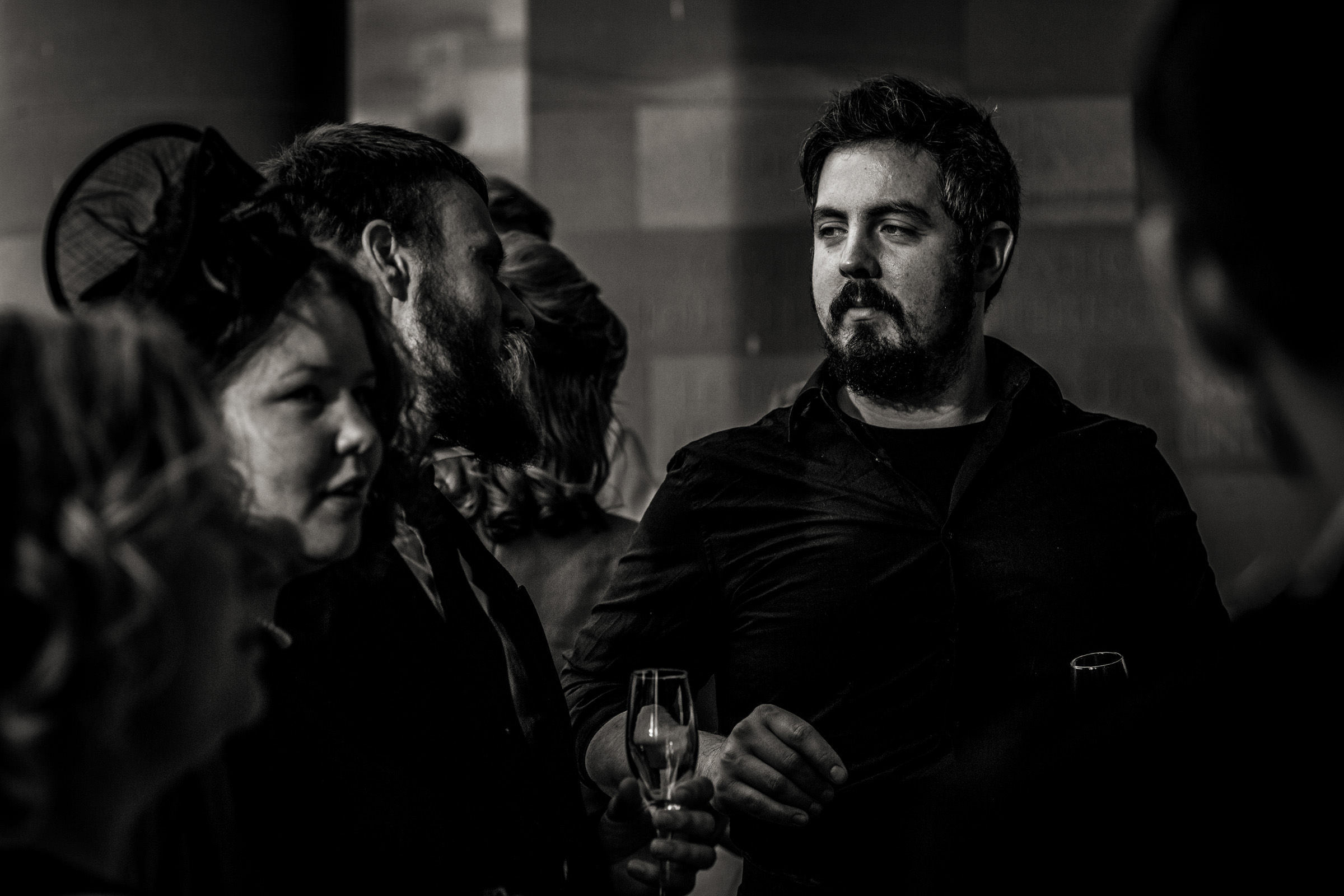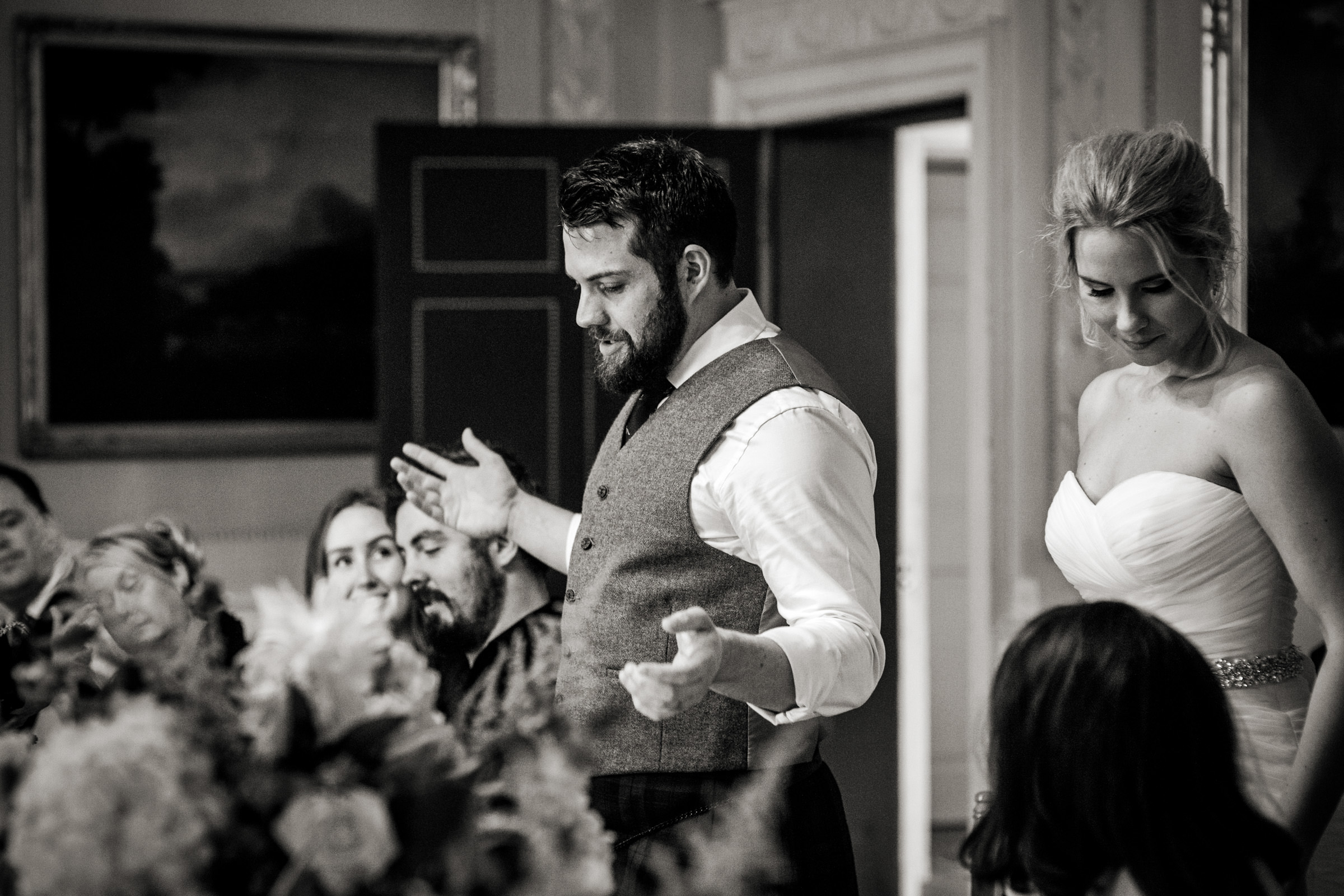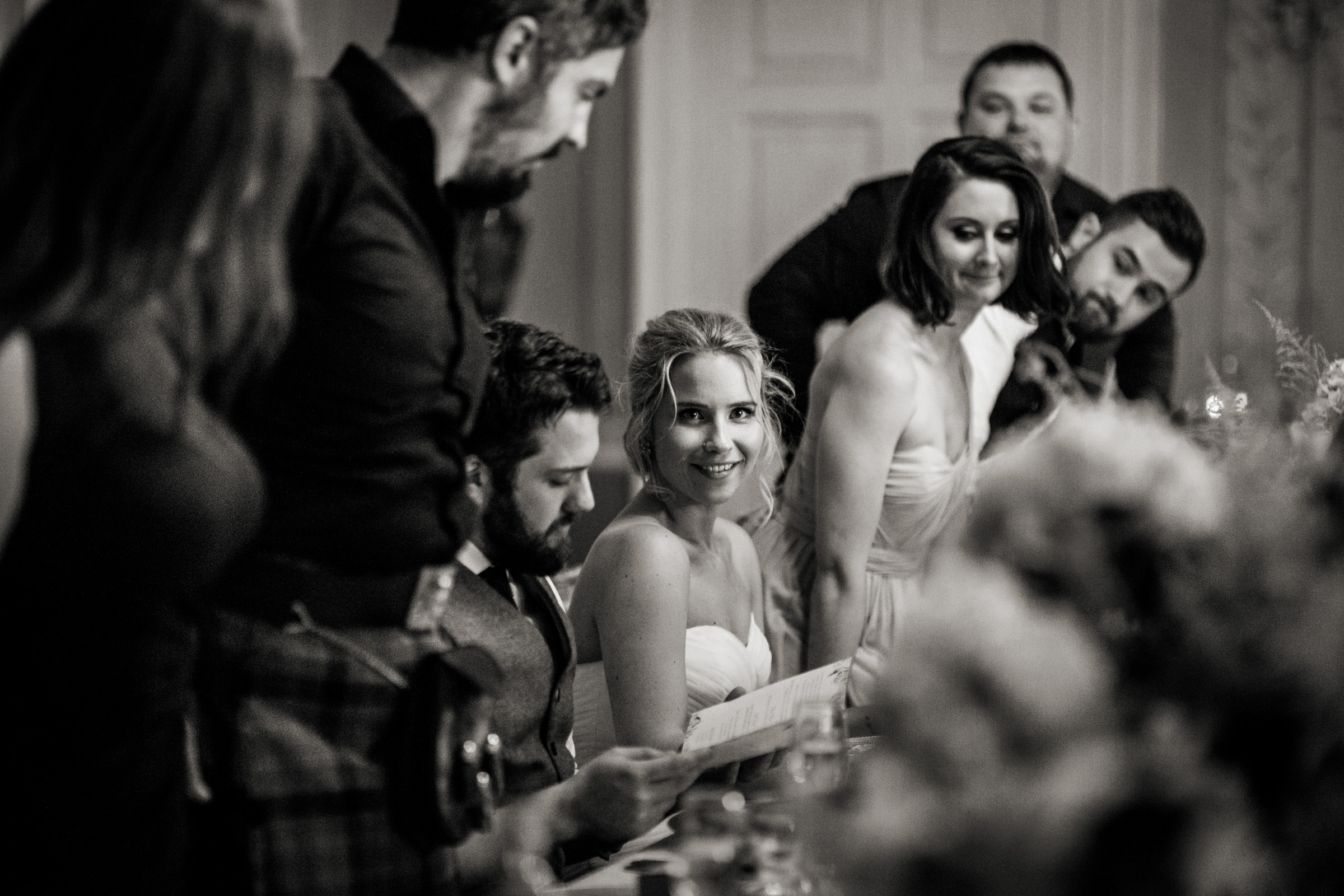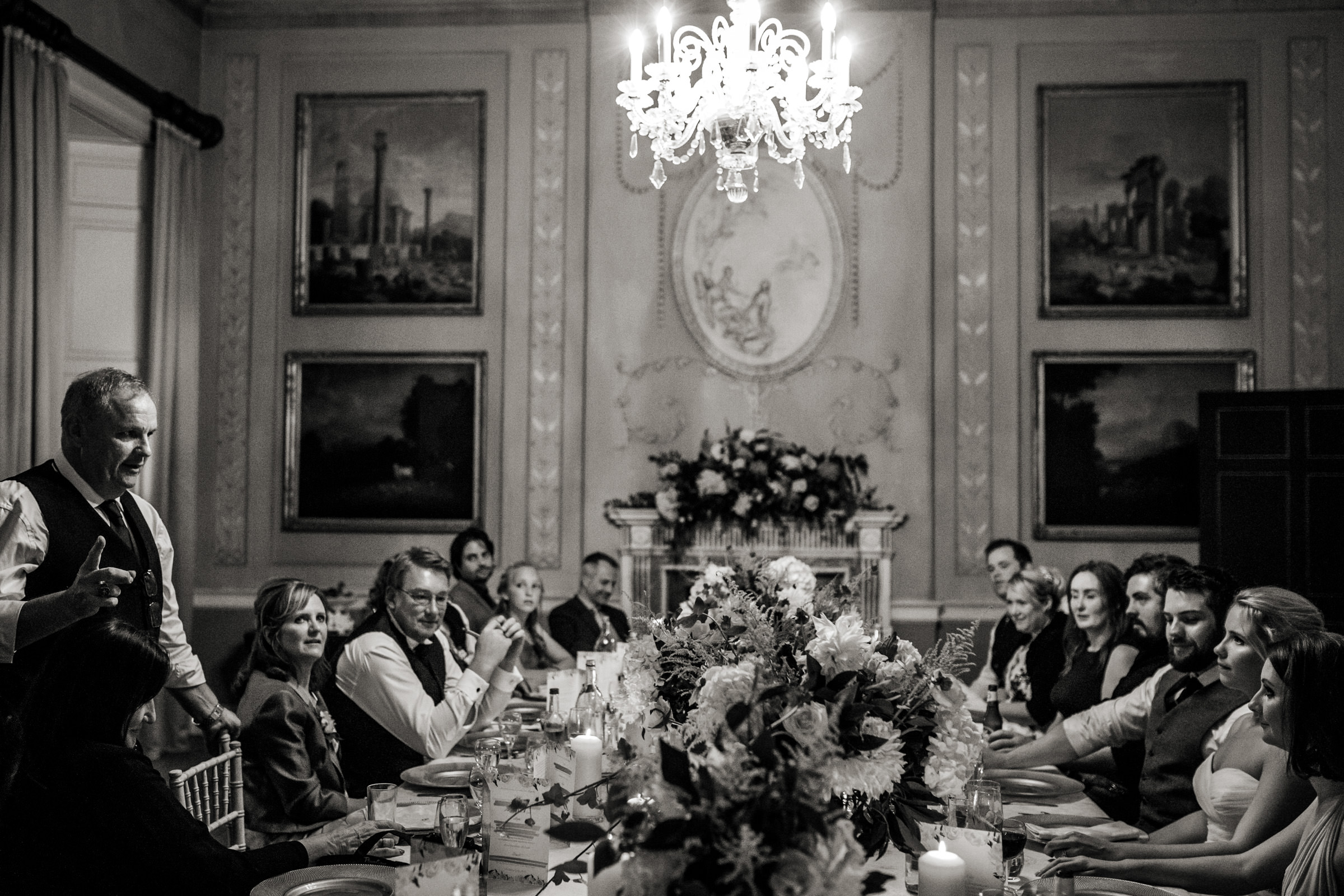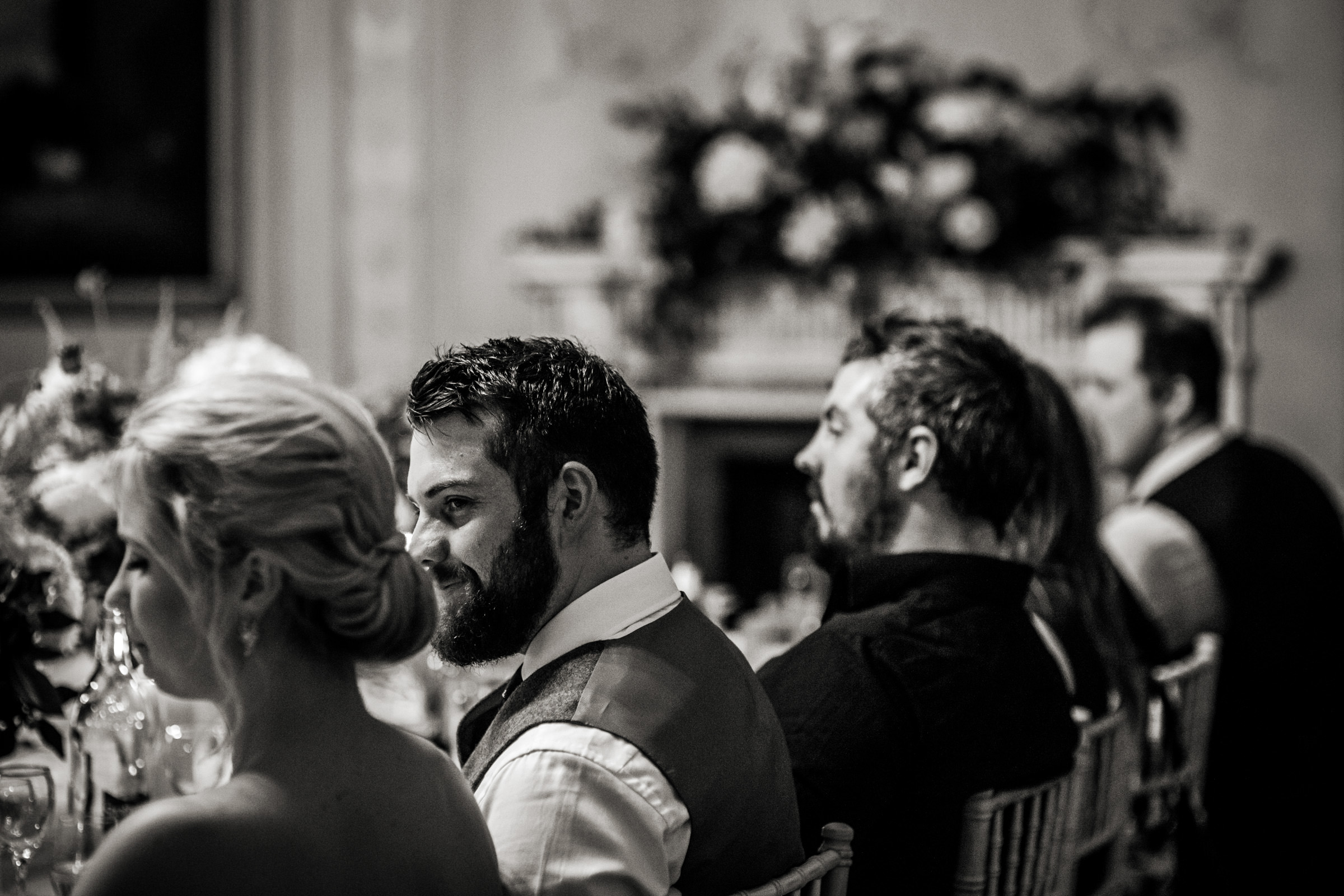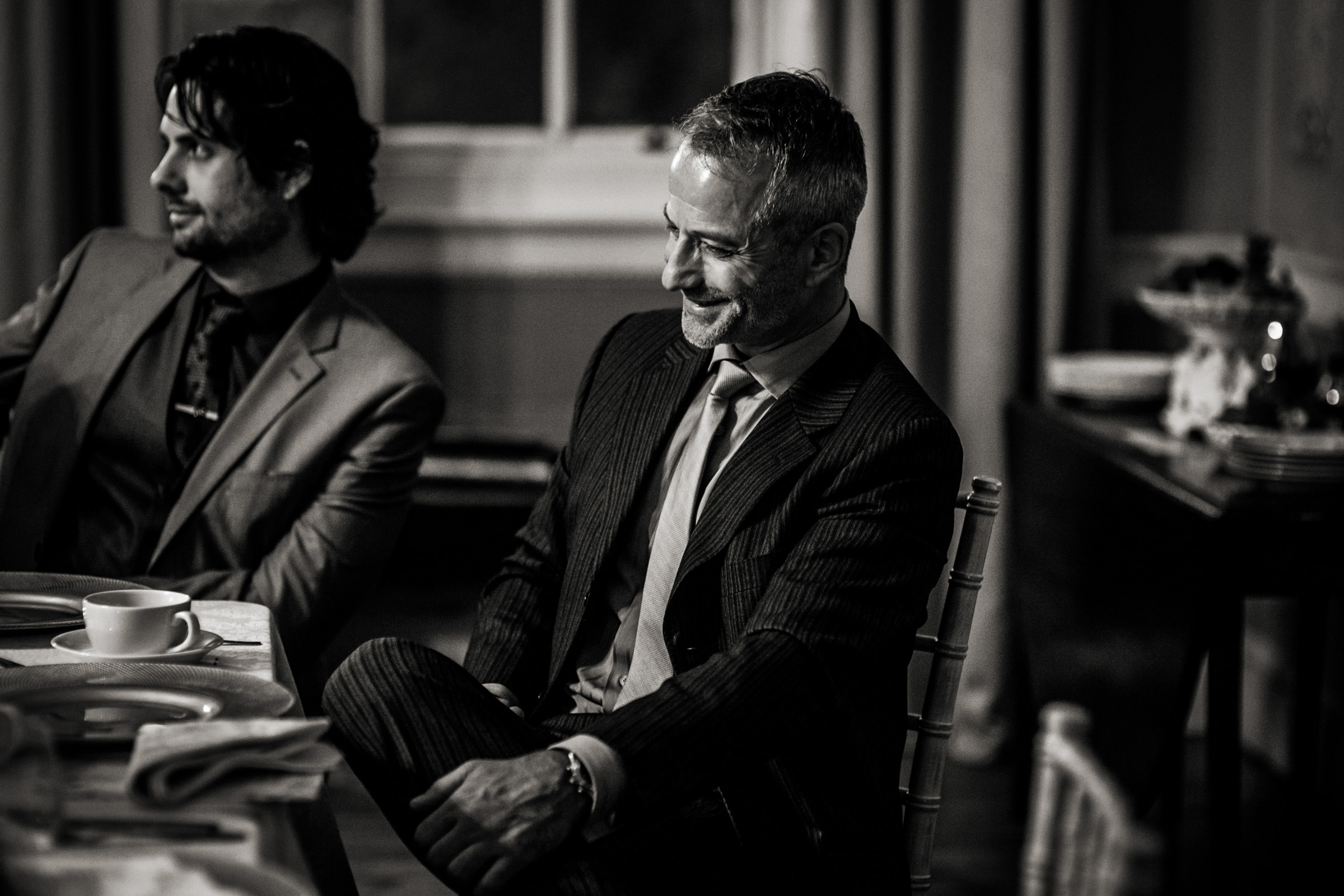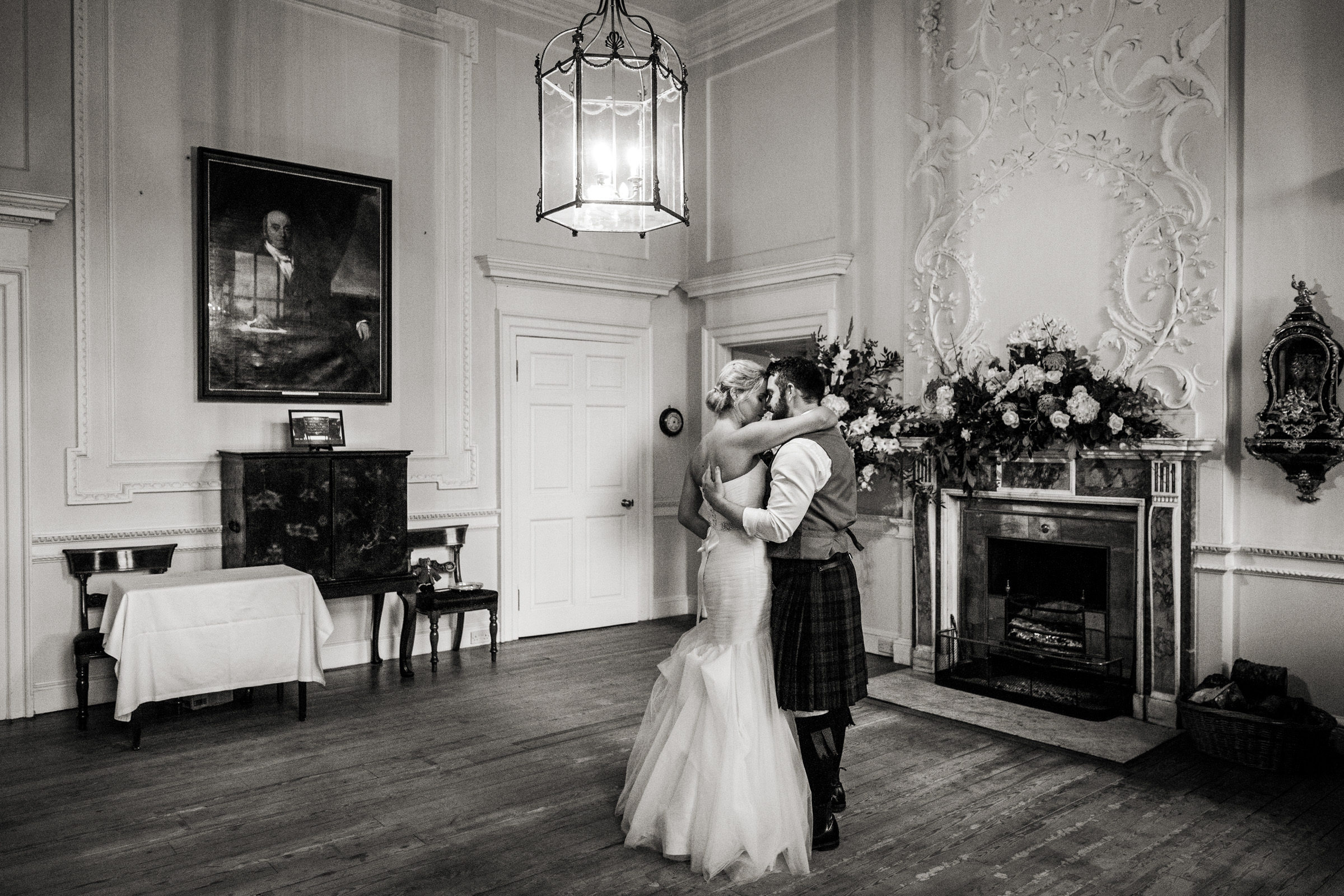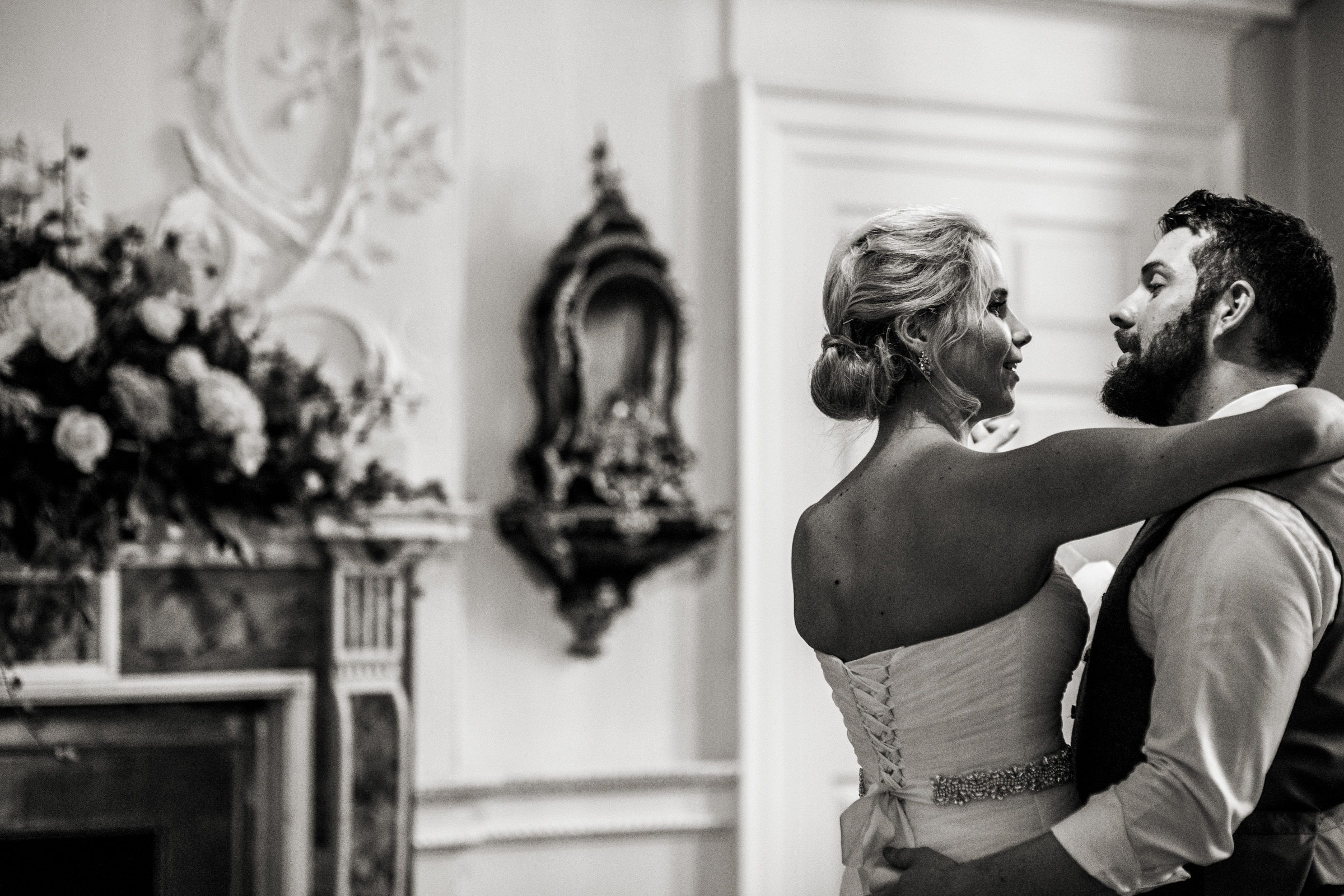When it comes to selecting the best lenses for wedding photography, there are a plethora of options. It’s really quite confusing for anyone looking to either get into wedding photography or perhaps refine their documentary approach. In this little article, I’ll explain my current set up. I say ‘current’ as I’m always looking to evolve my style and approach in a positive way, I hate the idea of getting stale.
For any couples reading my blog, you might wish to skip straight to the images! Kristy and Adam’s beautiful wedding, with a humanist ceremony in a boathouse overlooking a lake in Berwick upon Tweed. That said, it’s not going to be particularly techy or nerdy and does explain a little more about the way I approach wedding photography, so you might actually enjoy reading it!
I’ve been (almost) exclusively using fixed-focal ranges / prime lenses to produce my style of documentary wedding photography over the last decade. Personally, the obvious benefits of having a wider aperture to allow in more light and the smaller, more lightweight approach far outweigh any benefit of having more ‘flexibility’ with a zoom - an ill-perceived point of view.
People like to overcomplicate. With a prime lens, there is no zooming - other than using your feet. This simplification allows you to master specific focal ranges and develop a signature style, faster. Check out more simple photography tips.
Being able to see an image, without bringing the camera to your eye, is an invaluable step in producing a consistent reportage wedding photography product for couples.
Alongside the consistency that the prime-approach instills in a photographer’s work ethic, the technical aspects also outweigh that of a zoom. The most obvious of these aspects is the lens speed, or aperture. I’ve worked in cave-like conditions over the years, perhaps a ceremony in a crypt or very old chapel where flash is just not an option. With primes, I’ve still been able to produce professional, printable image files. Yes, the camera’s high ISO capability plays a significant role in the success of low-light wedding photography, but having a high quality prime lens which can be used ‘wide open’, allowing significantly more light in, is vital.
All of my lenses are Sigma. Their range of prime lenses is exceptional and what’s more, in recent years they’ve introduced the ‘Art’ series which features high-end build quality, lightening fast focussing and sensational image quality. For me, the Sigma Art range is far superior to current Canon alternatives - lenses I’ve always felt could be a little hit and miss in terms of build quality and focus in relation to their price tag.
My approach as a documentary wedding photographer has almost always involved a two-camera setup, one with a 24mm or 35mm prime lens (responsible for roughly 75% of images in my final collections) and on the other side, a medium telephoto, a 50mm or 85mm.
My natural style has evolved within these four focal lengths, switching between a 24/50 and a 35/85 set up. Whilst I’ve always been satisfied with the upper, more telephoto end of these setups, I’ve always felt a little compromised with the wider end with the 24mm often feeling too wide for certain scenes and the 35, a little too tight. For years this was a compromise I was willing to make in return for the faster aperture of the prime. The only zoom lens close to helping the issue was Canon’s 16-35mm however, with a slower F2.8 aperture it just wasn’t the solution, especially during the darker months.
So when Sigma released the 24-35mm F2 Art this year, which boasts an F2 aperture, I jumped at the opportunity to have the best of both worlds. Now, I not only have both the 24 and 35 range on one camera but also prime-like speed and image quality.
I’ve now been using the 24-35mm + 85mm two camera setup exclusively for the last 8 weddings and I’m so pleased I made the switch.
Here are a few of my very favourites from Kristy and Adams lovely wedding at Paxton house in Berwick upon Tweed. This place is just stunning.
All Sigma:
- 24 - 35mm F2 Art
- 85mm 1.4
- 35mm 1.4 Art
